
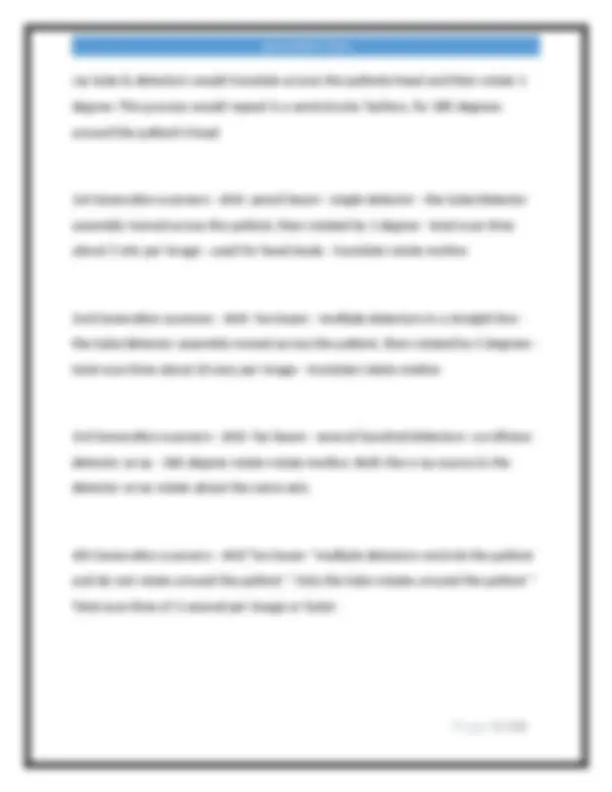
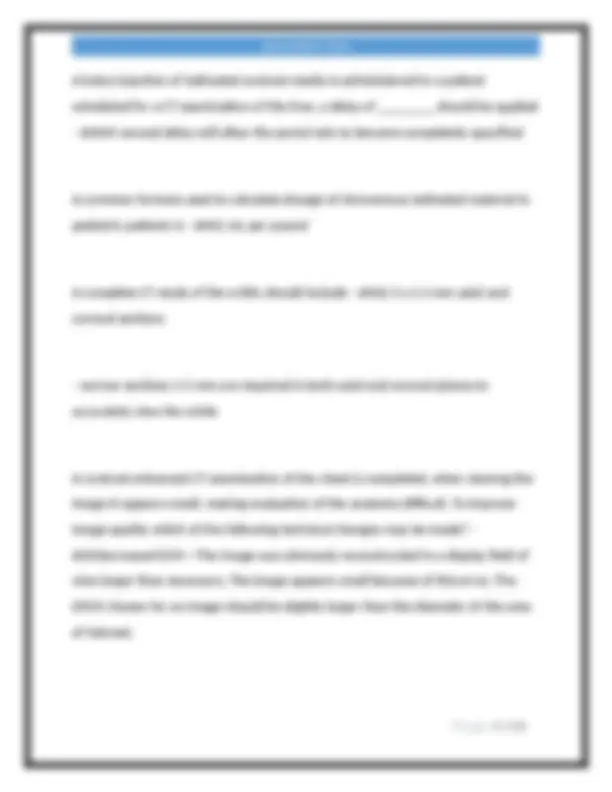
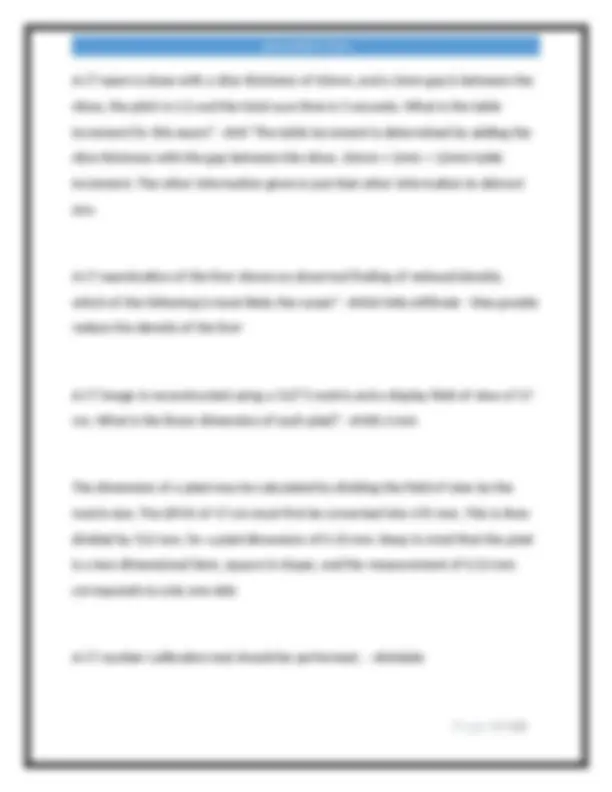
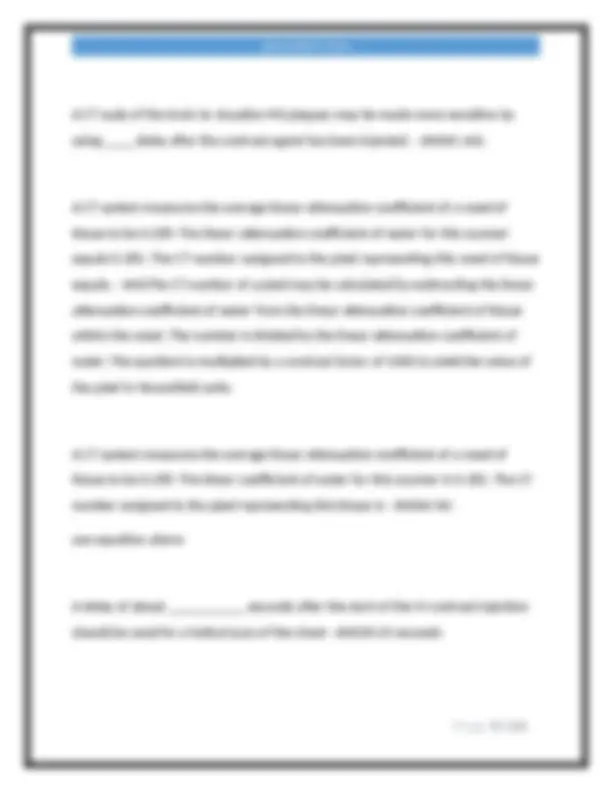
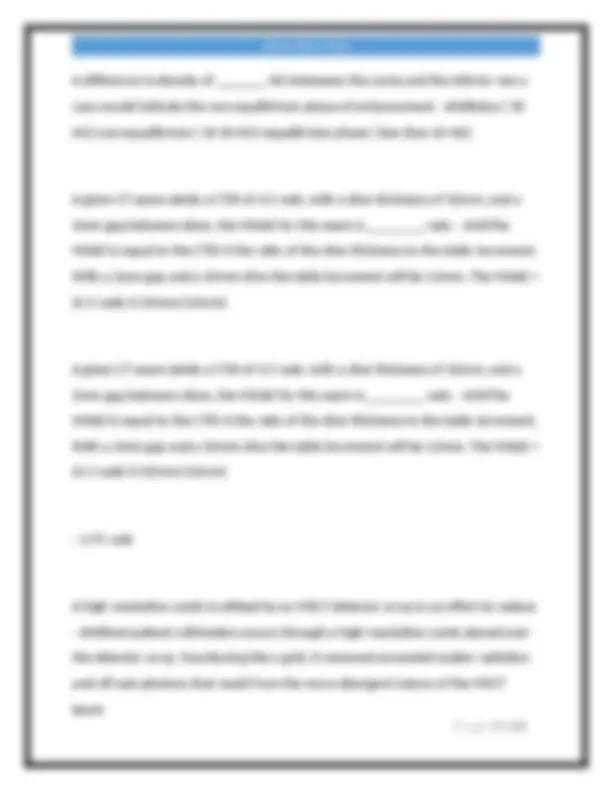
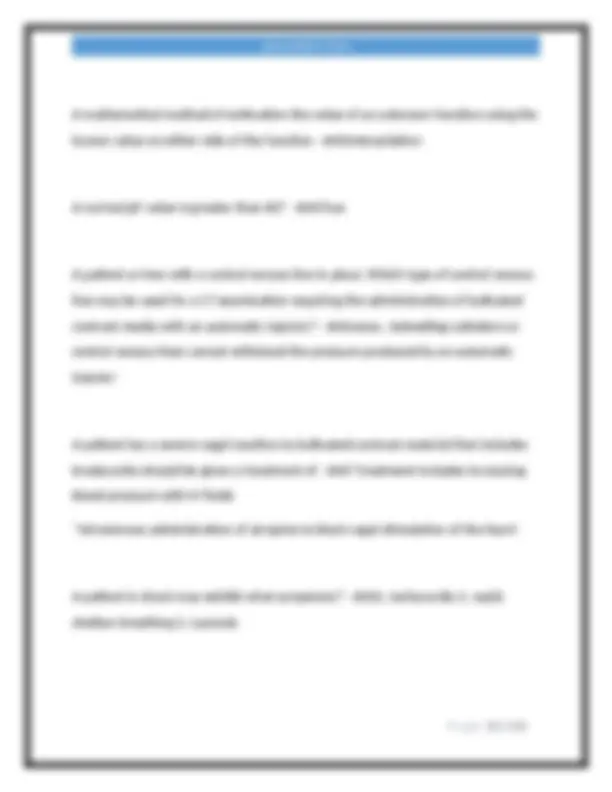
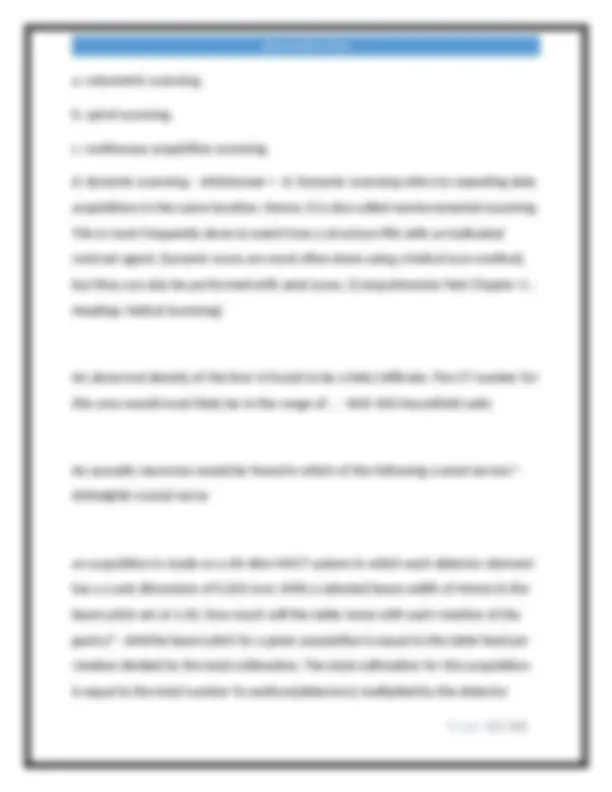
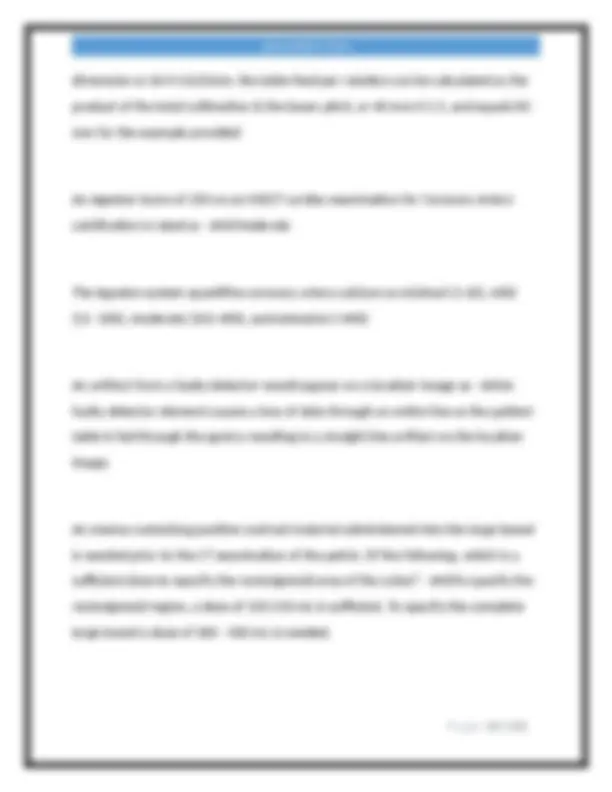

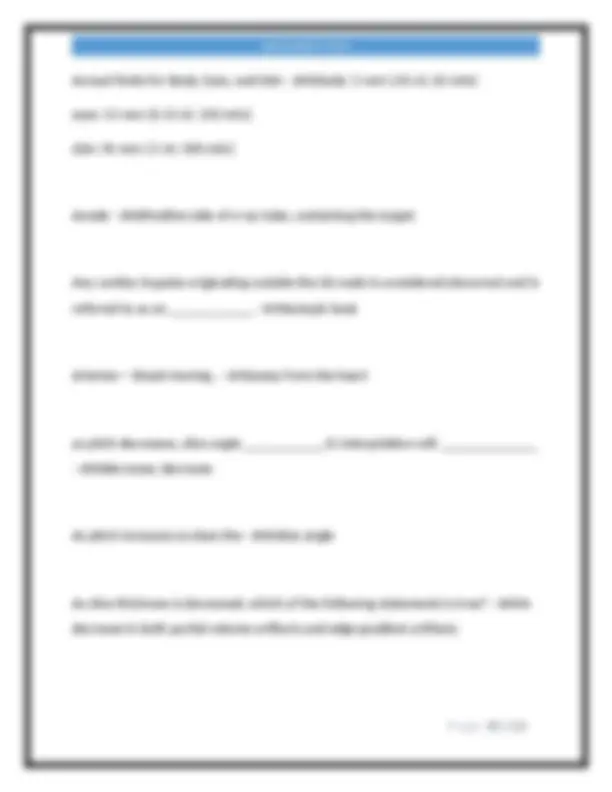
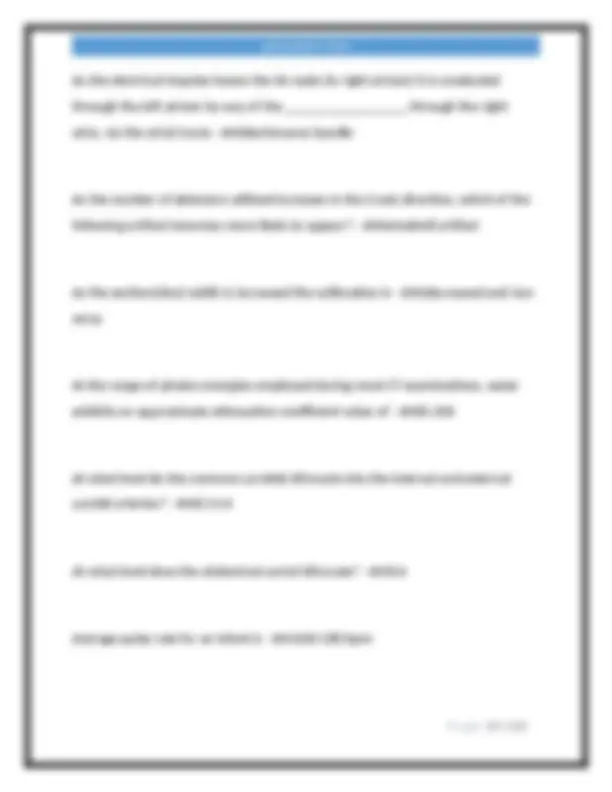
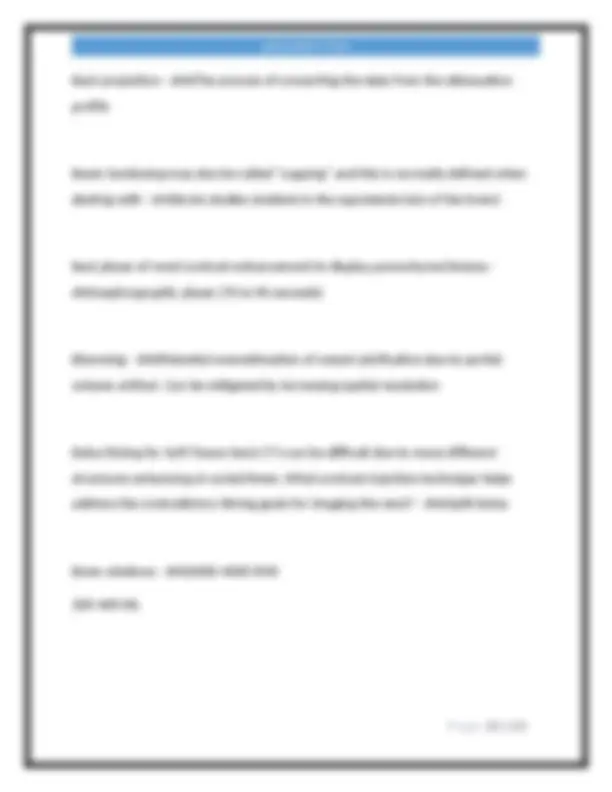
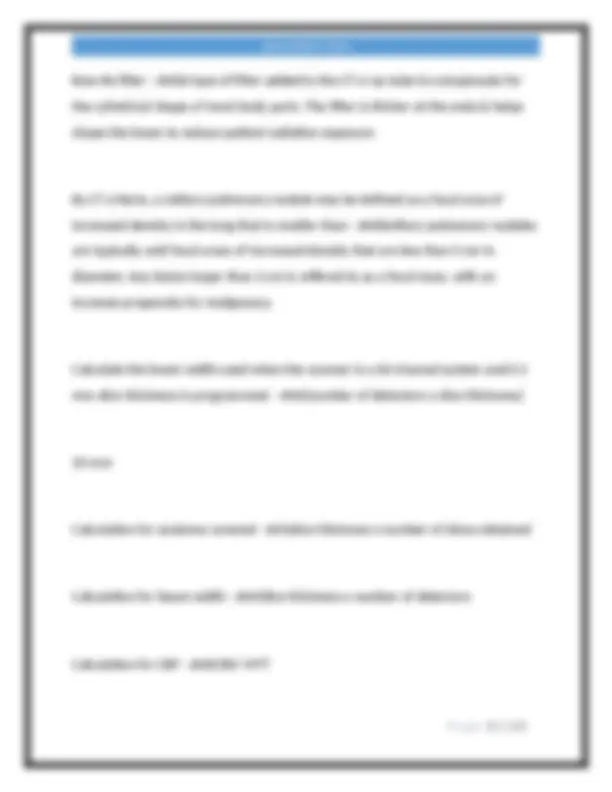
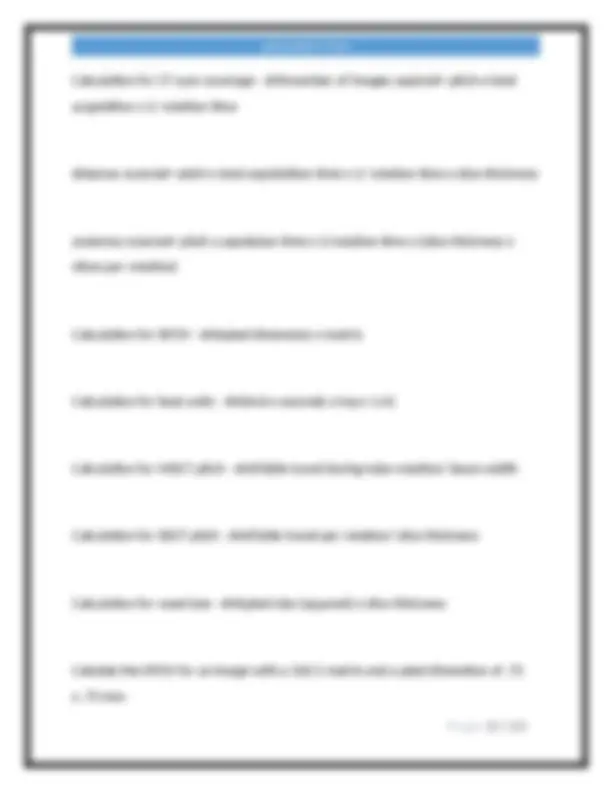
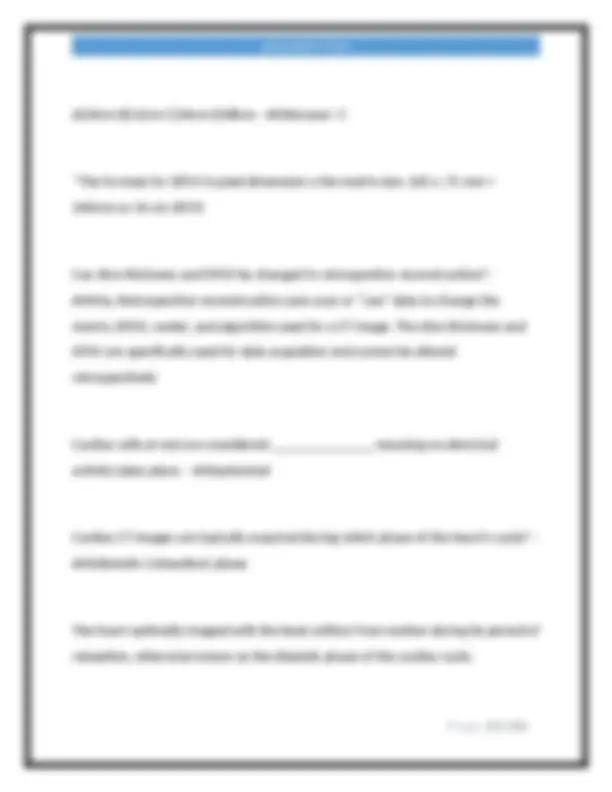
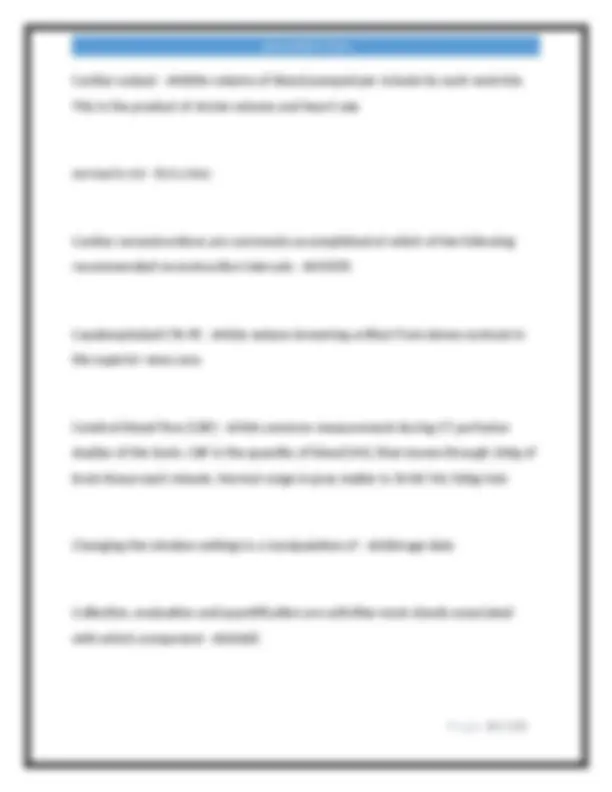
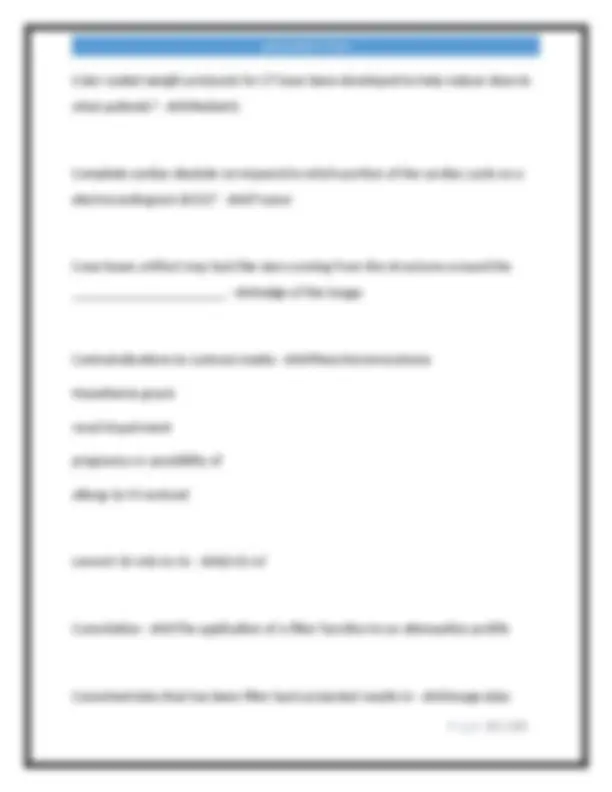
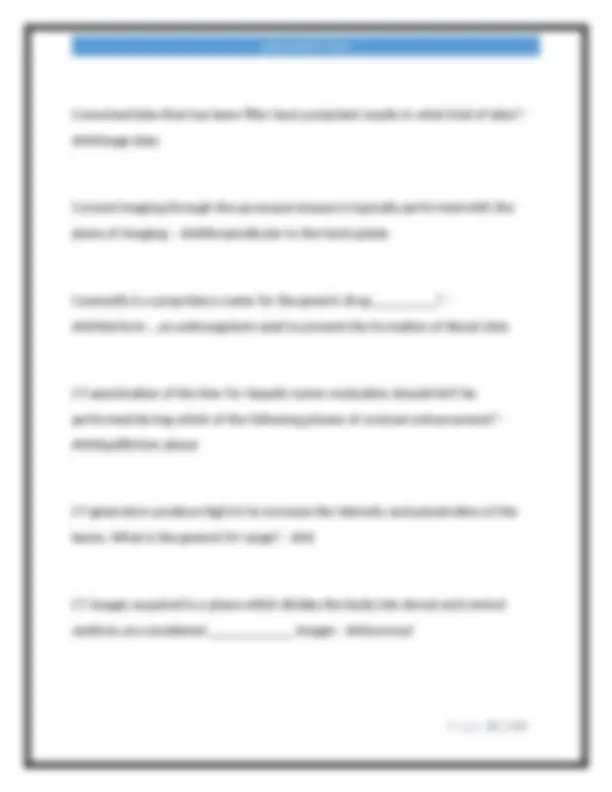
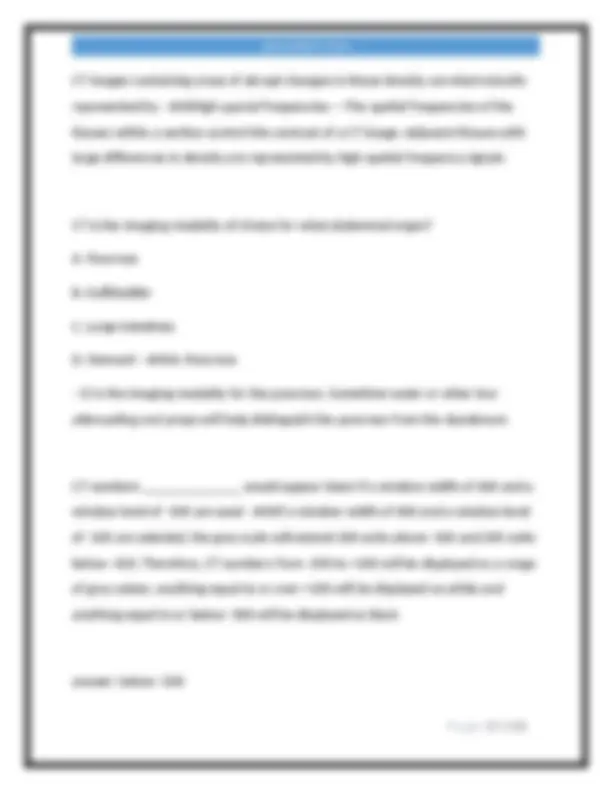
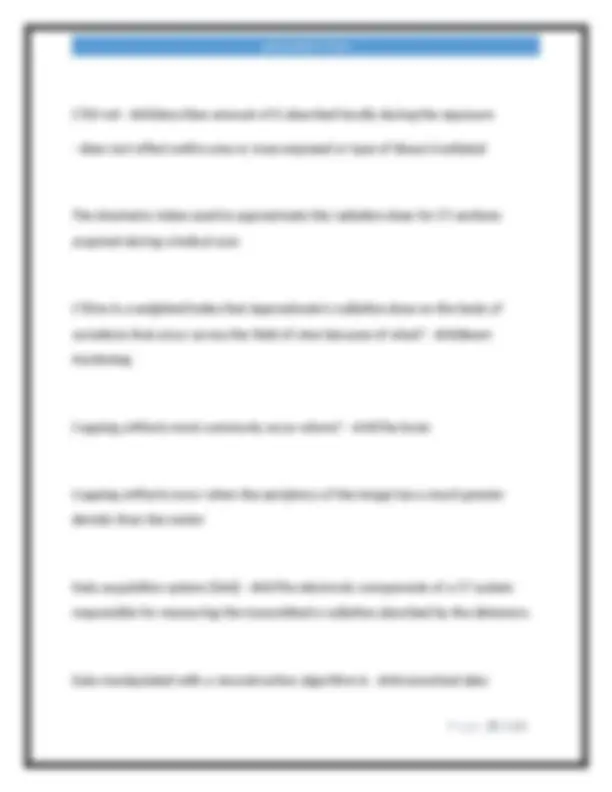
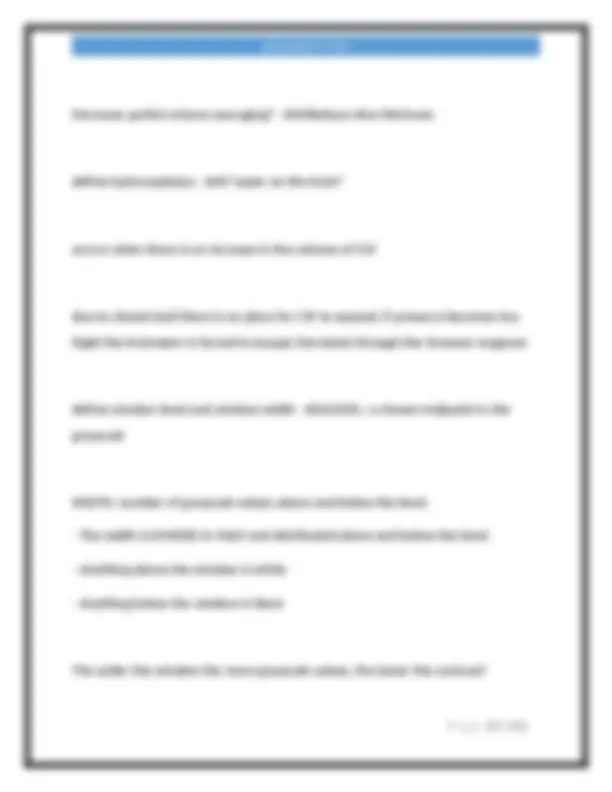
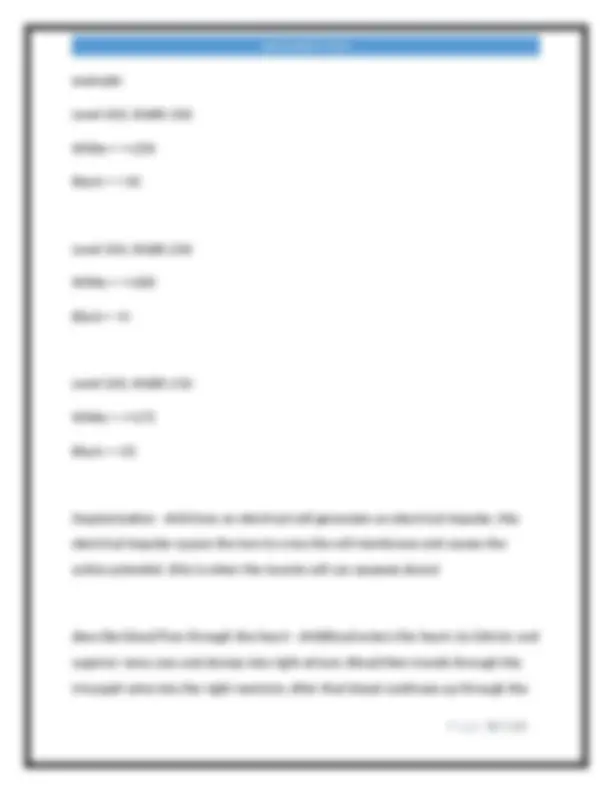
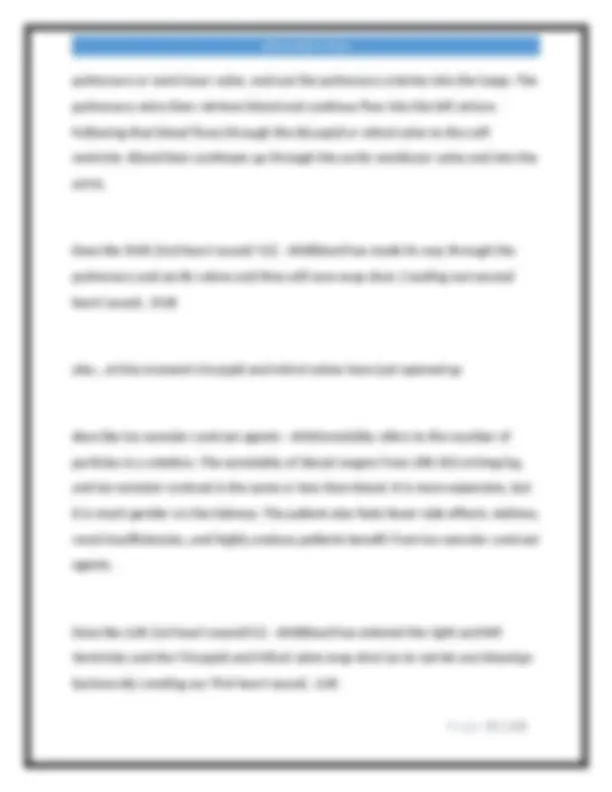
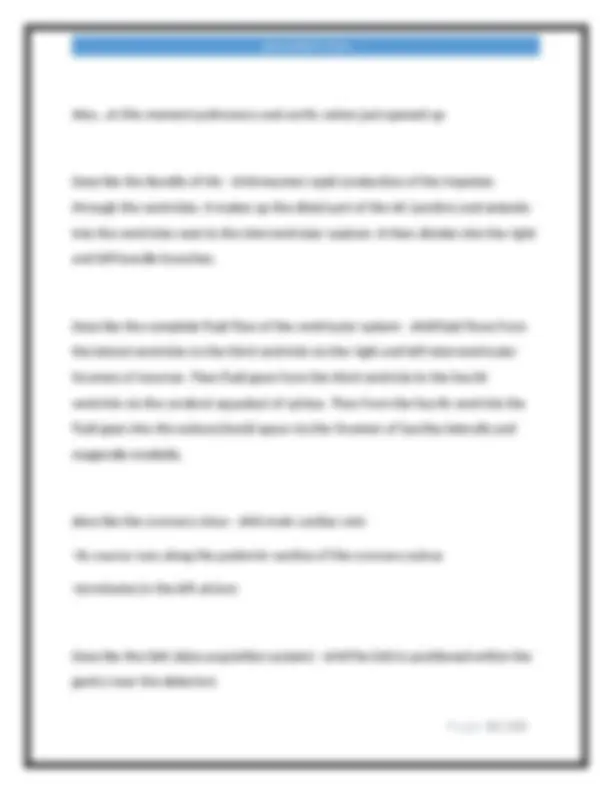
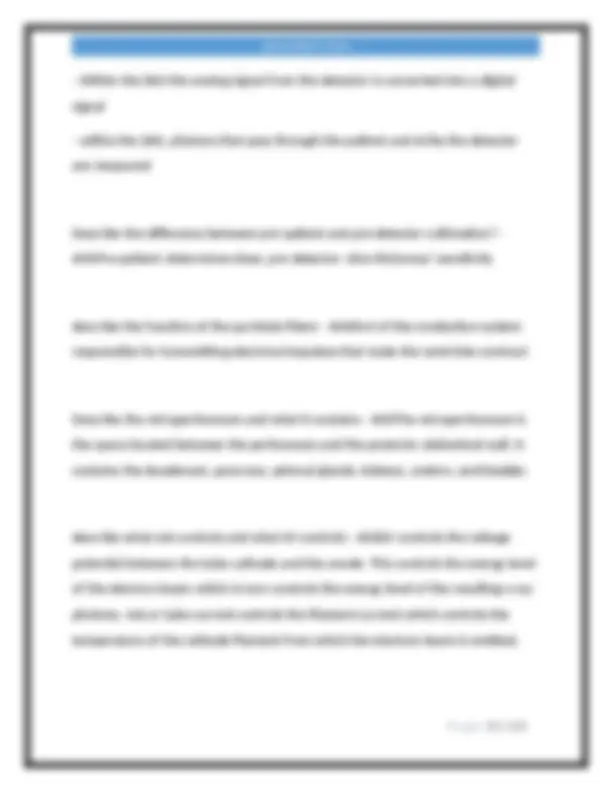
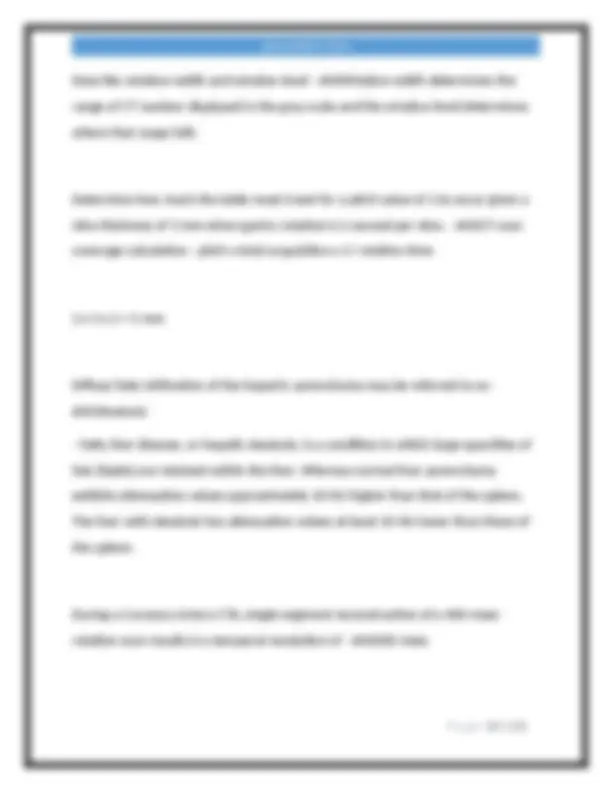
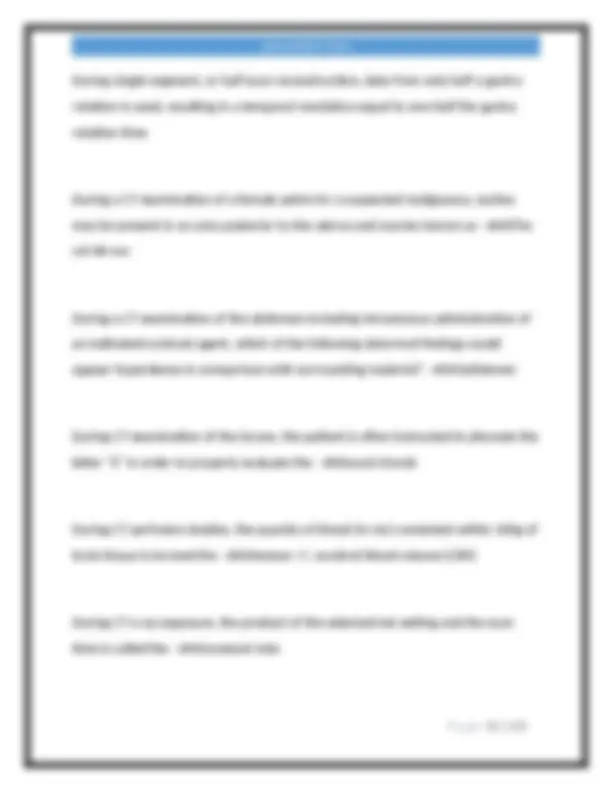

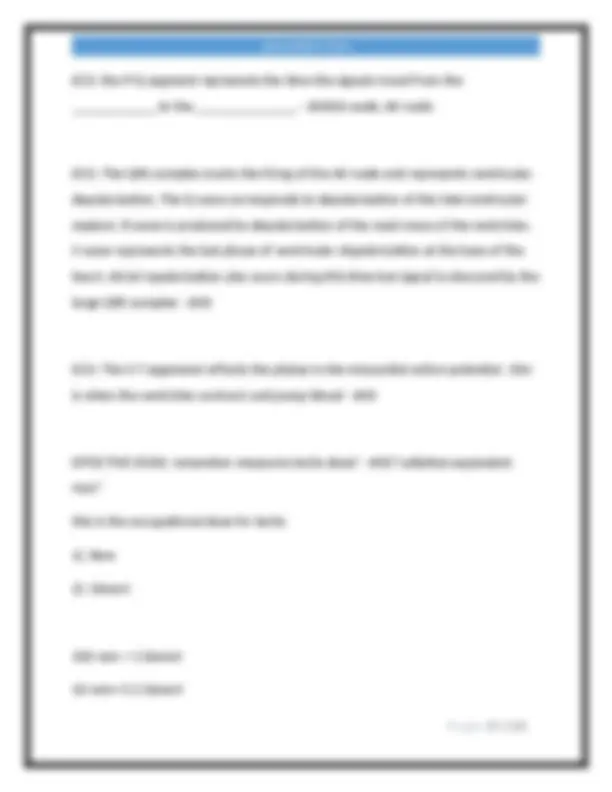
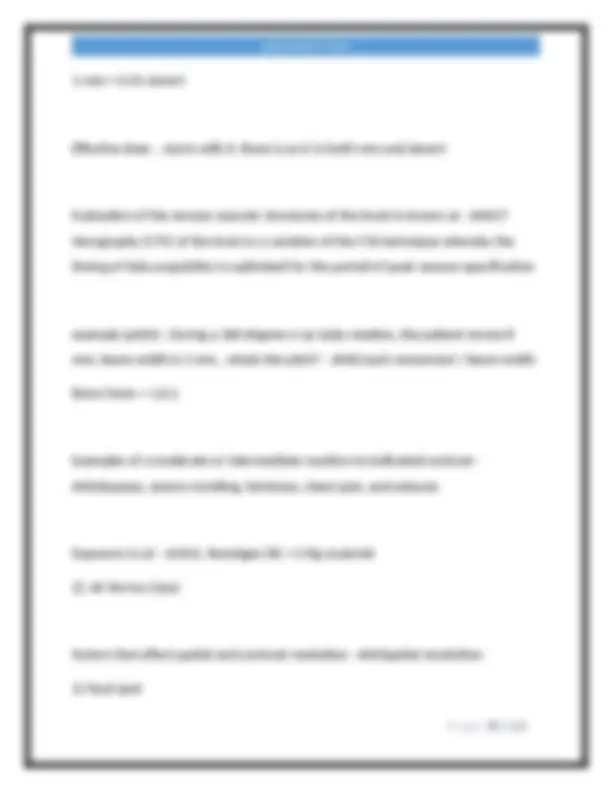
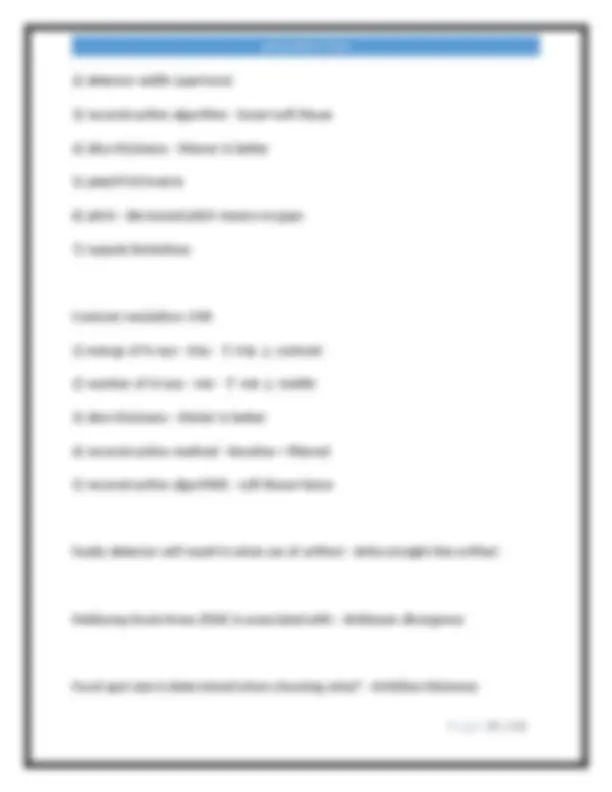
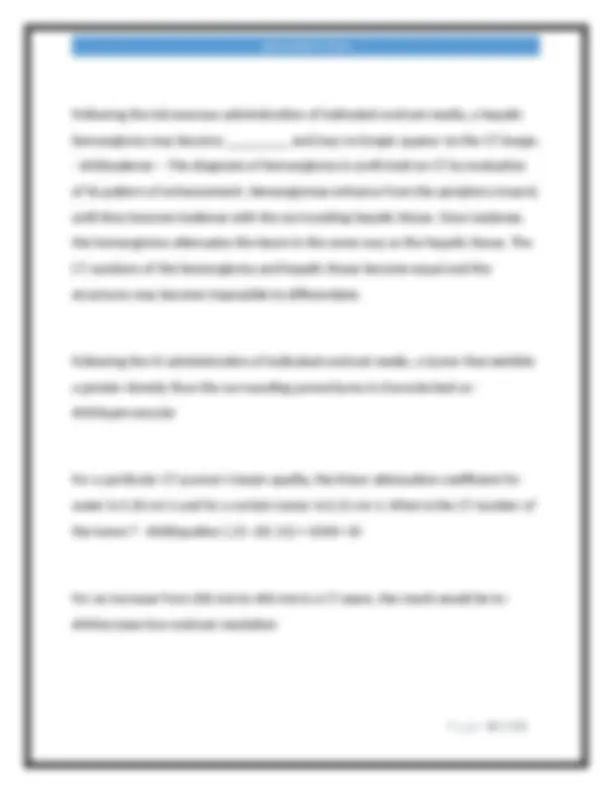

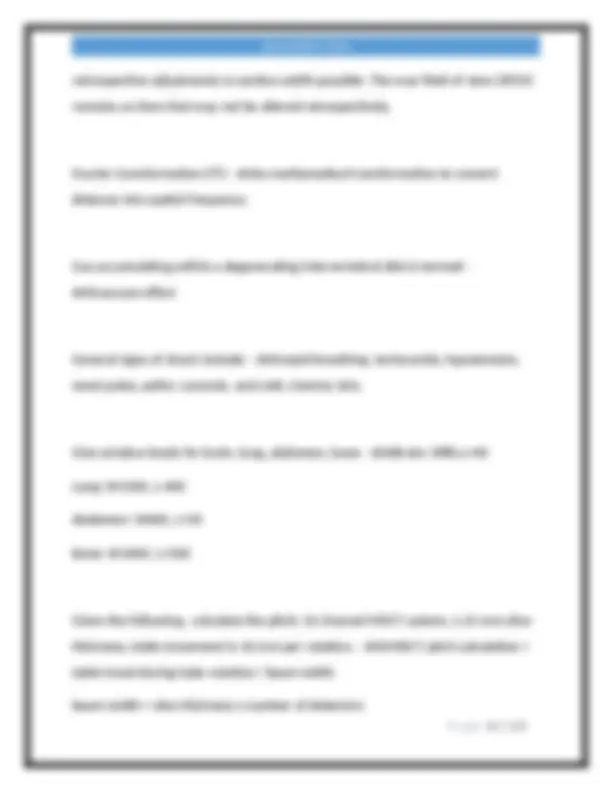
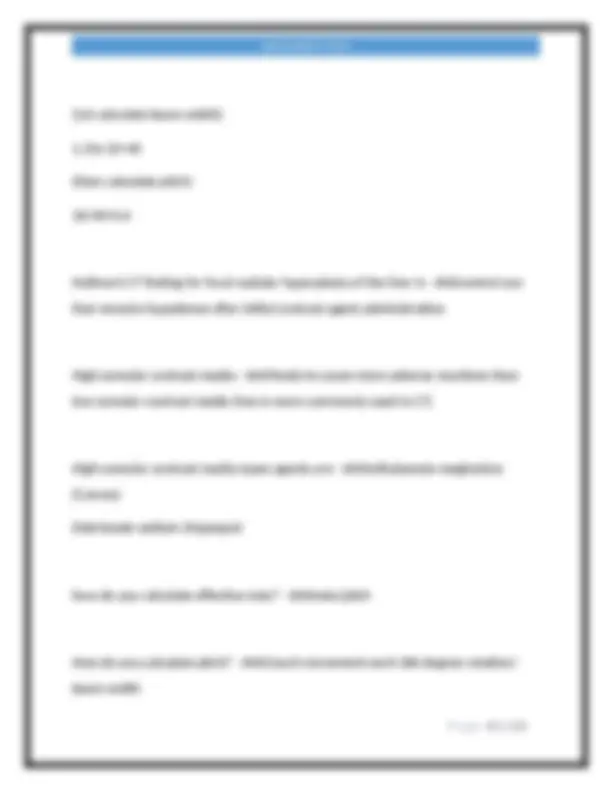

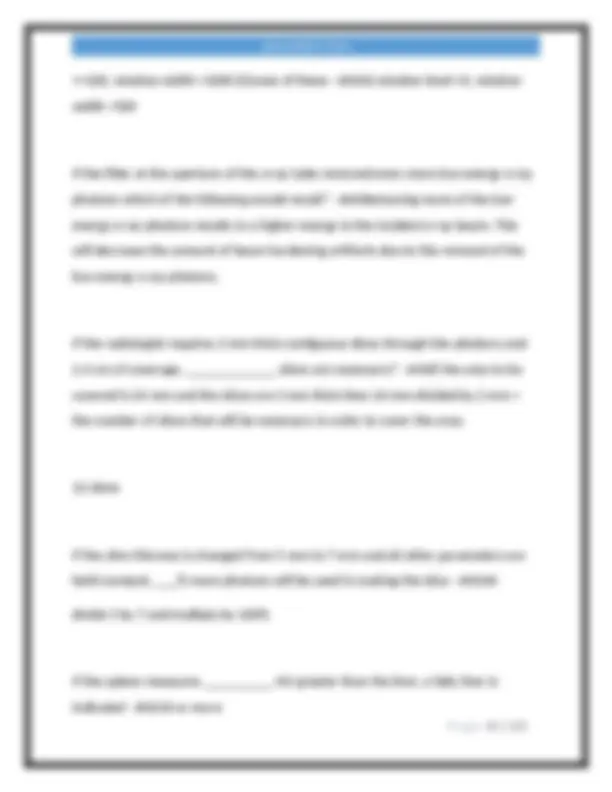
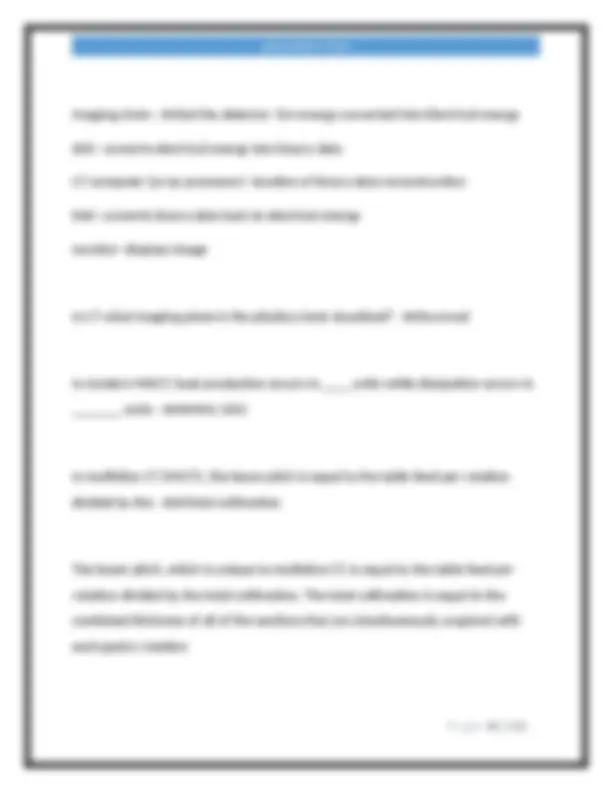
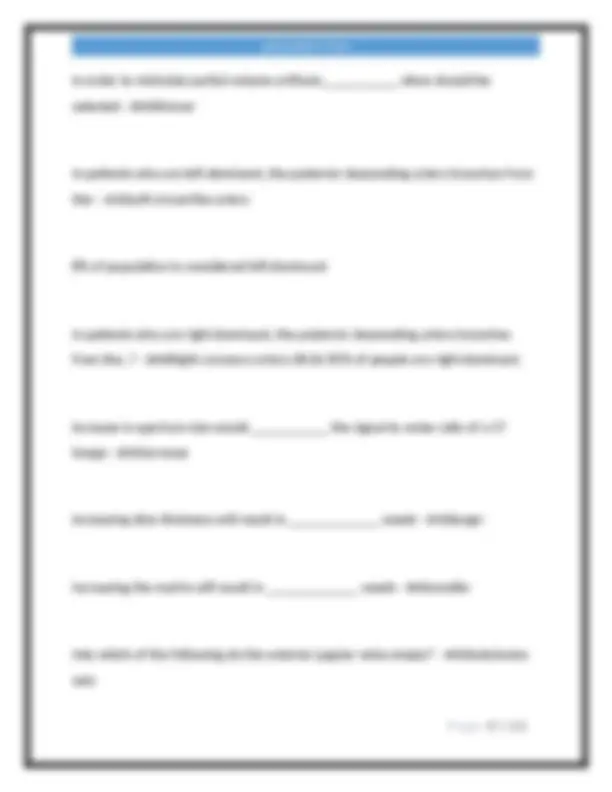
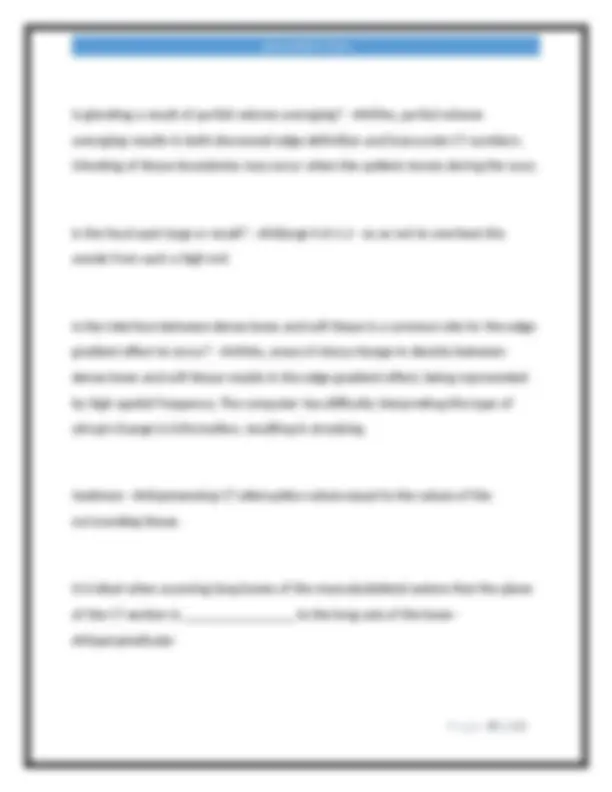
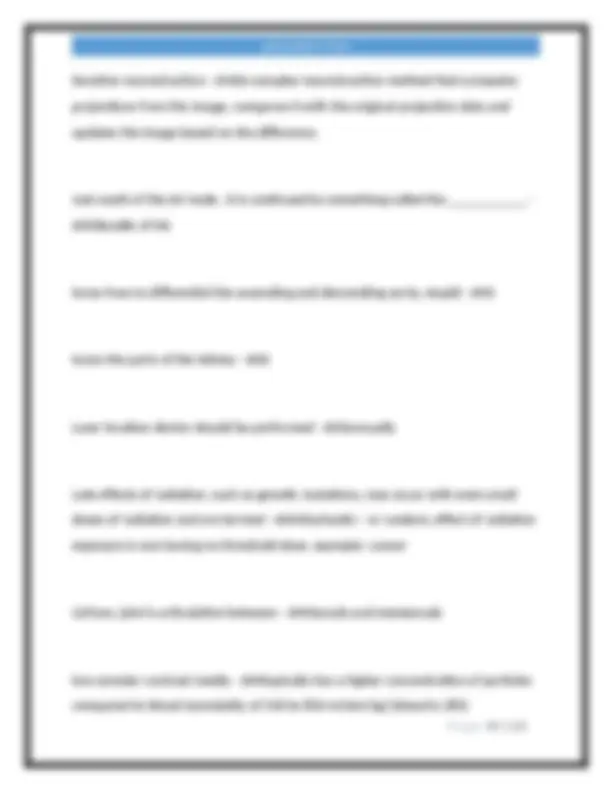
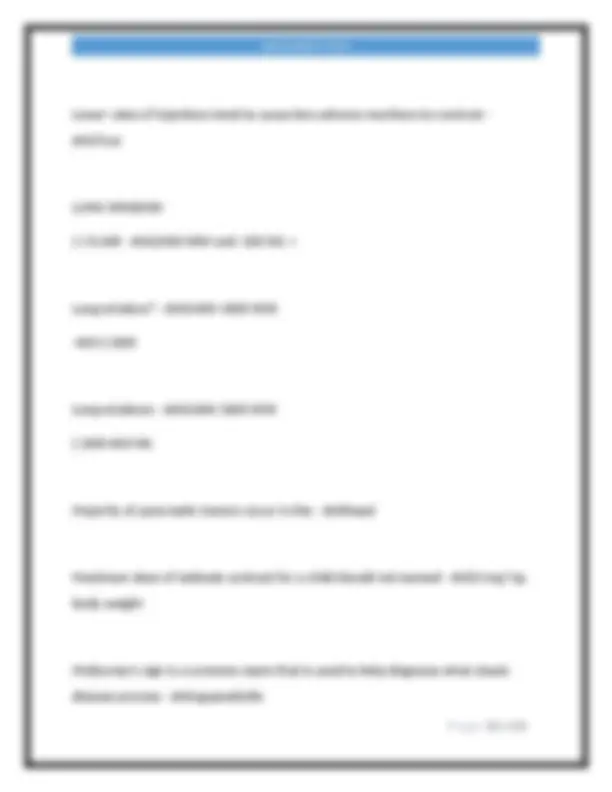
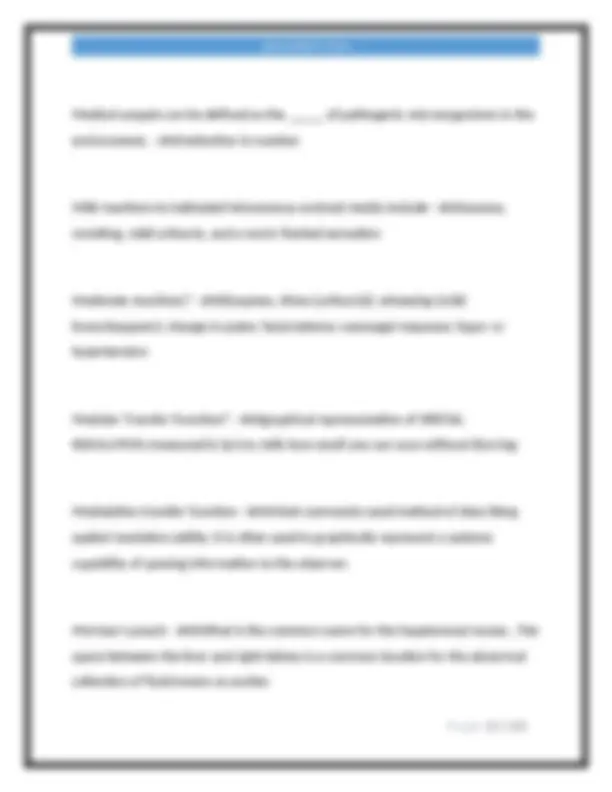
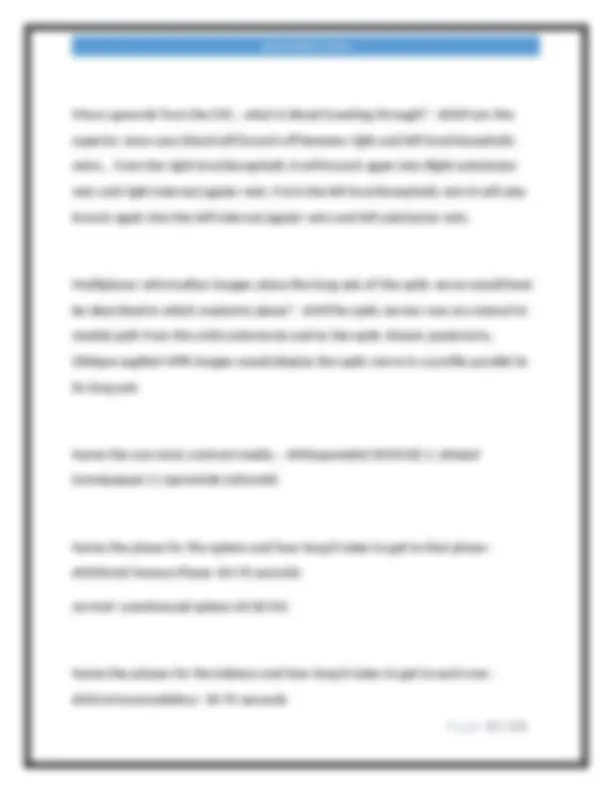
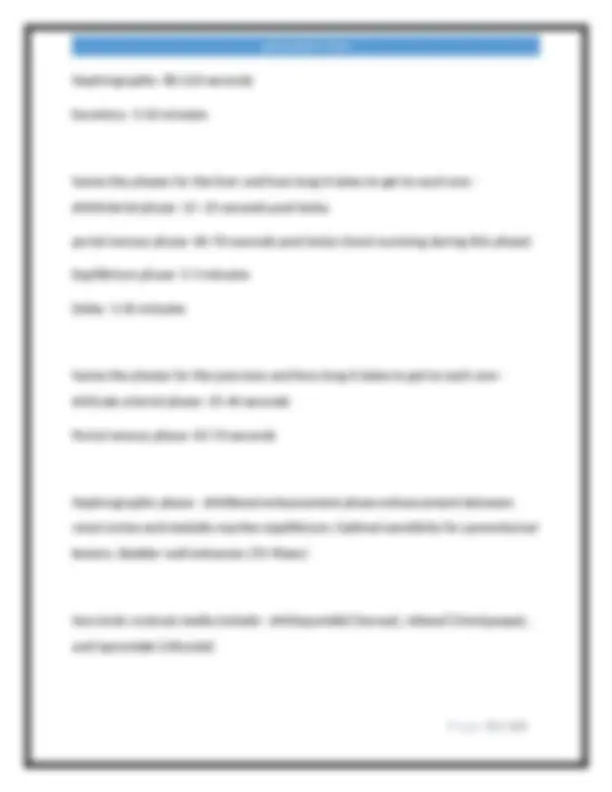
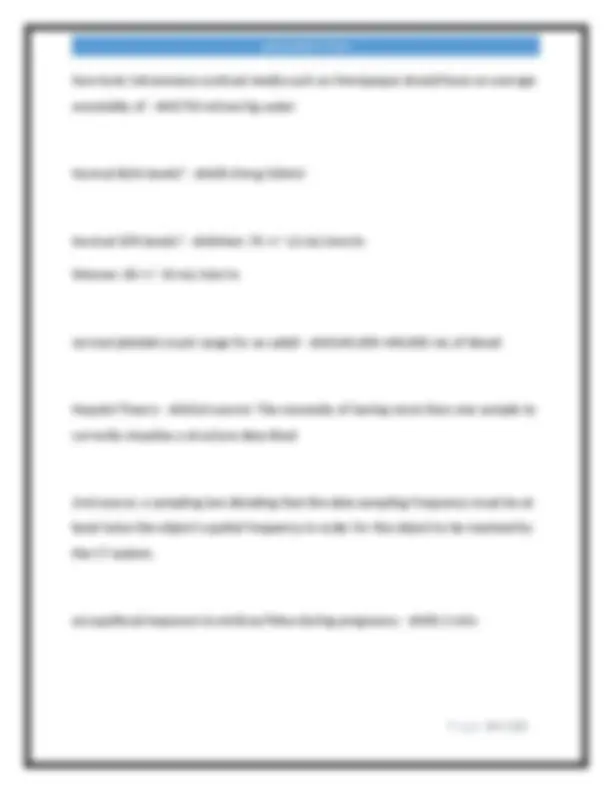
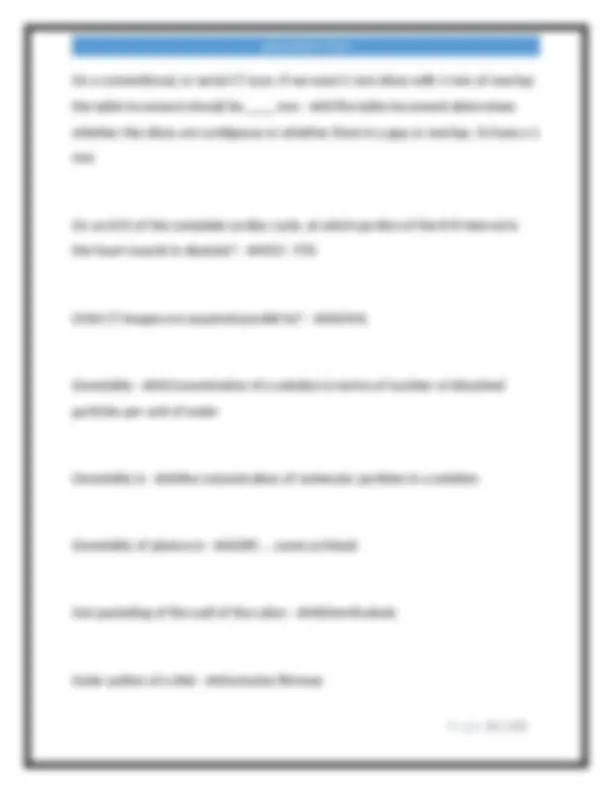
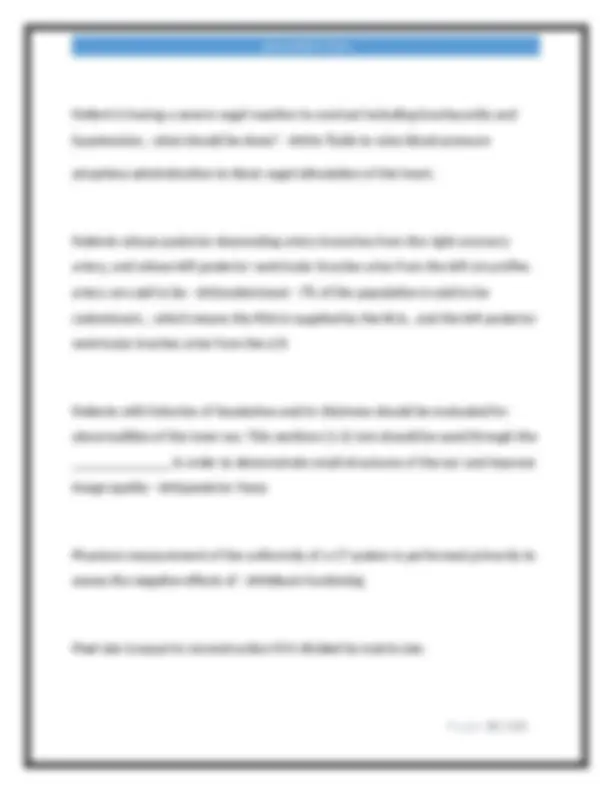
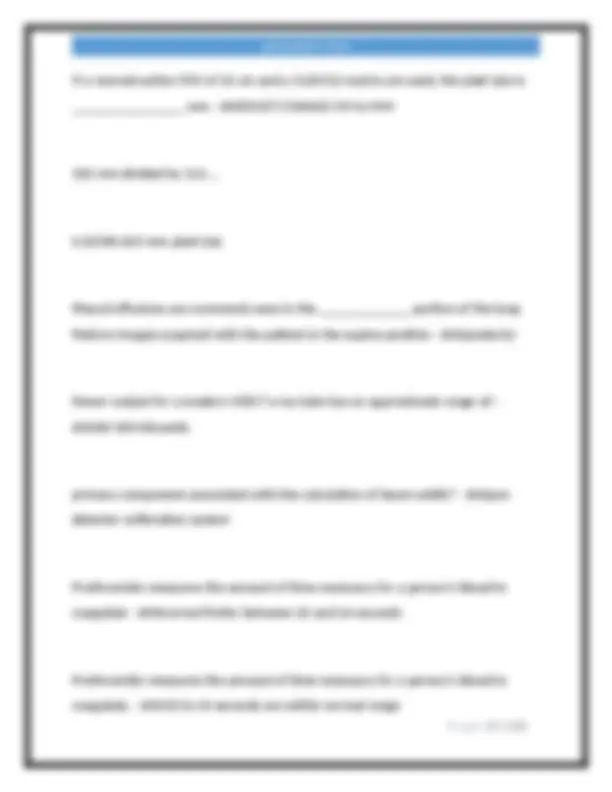
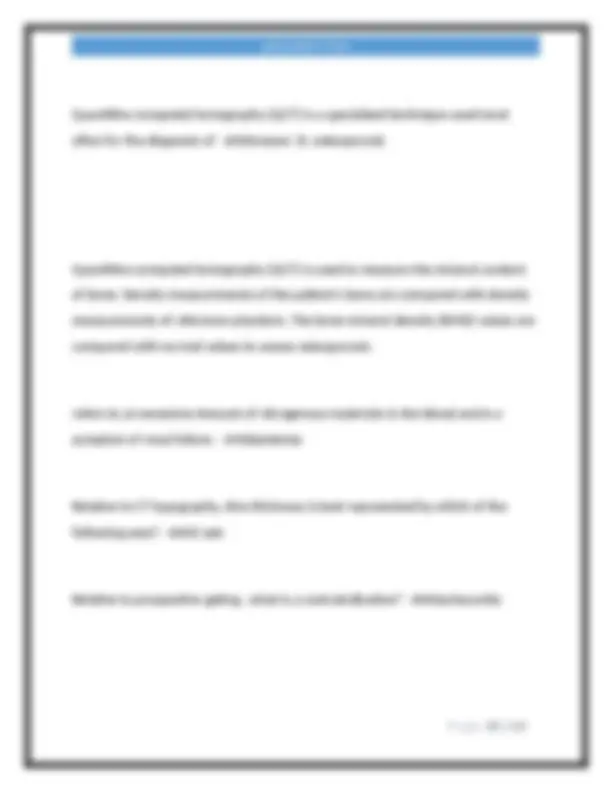
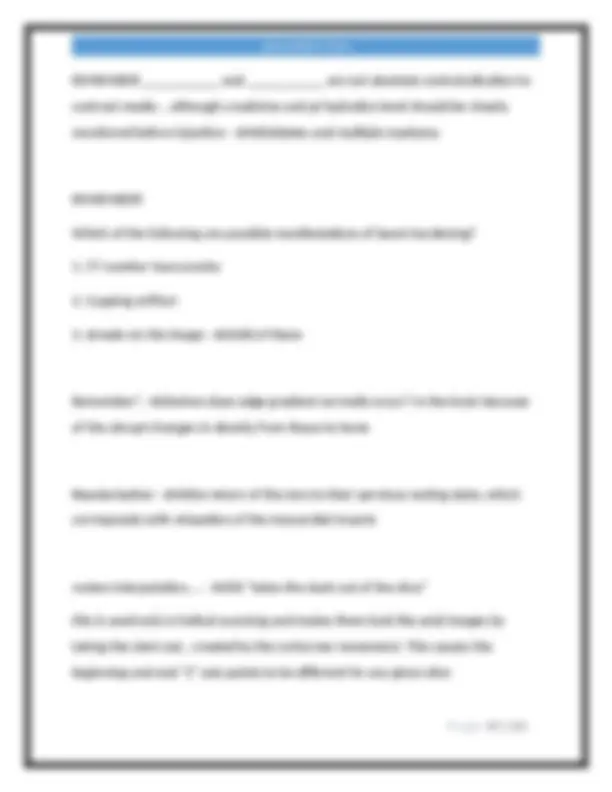
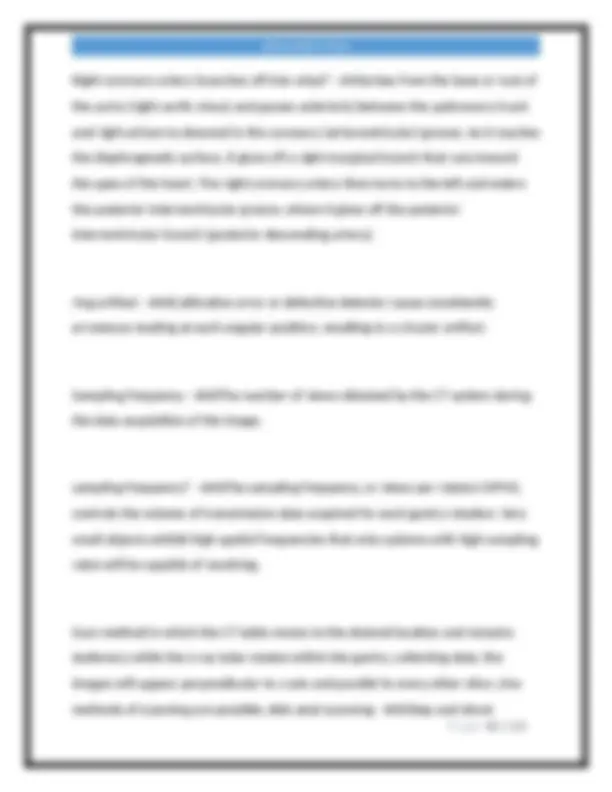
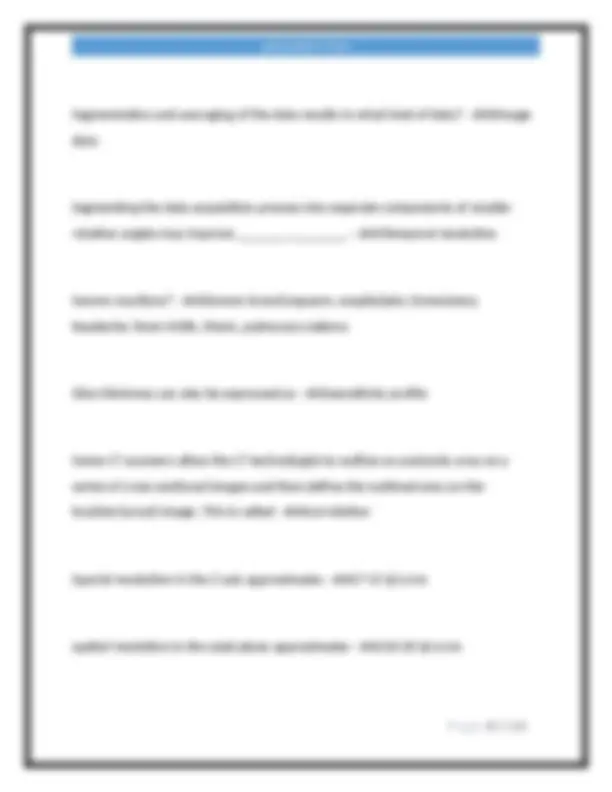
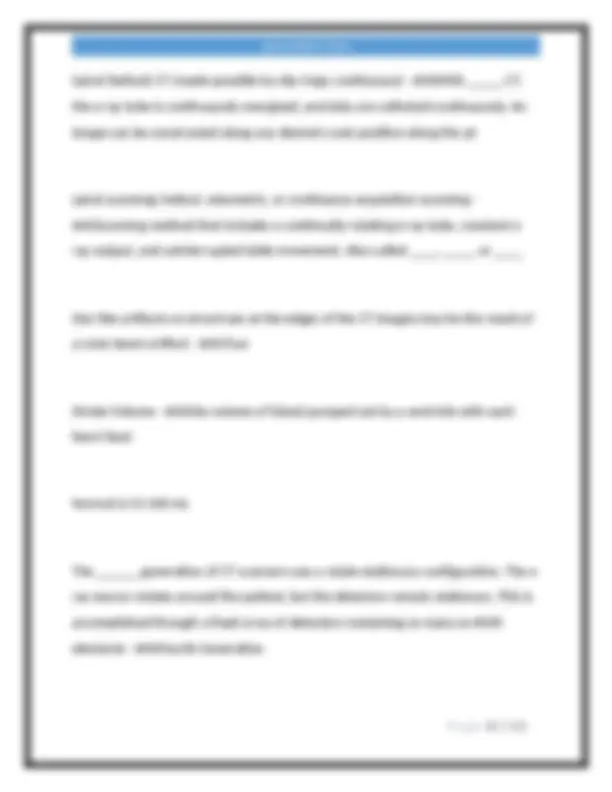
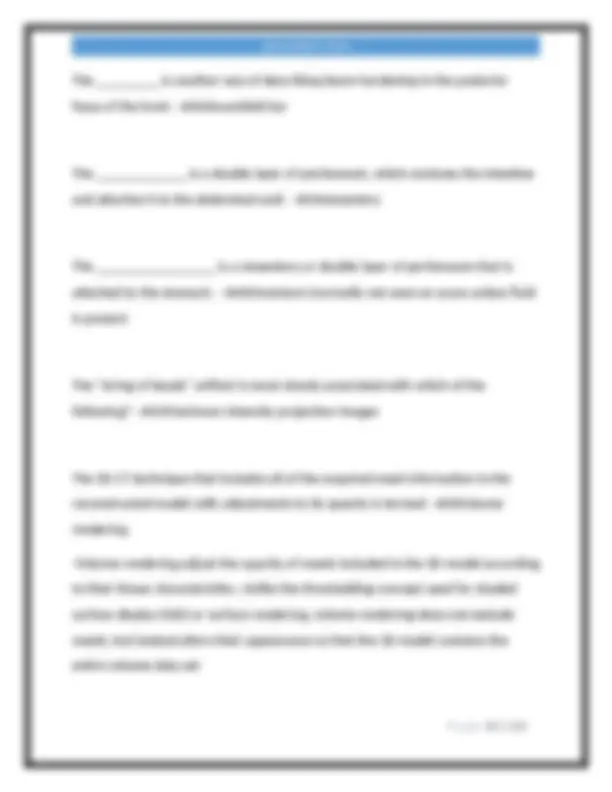
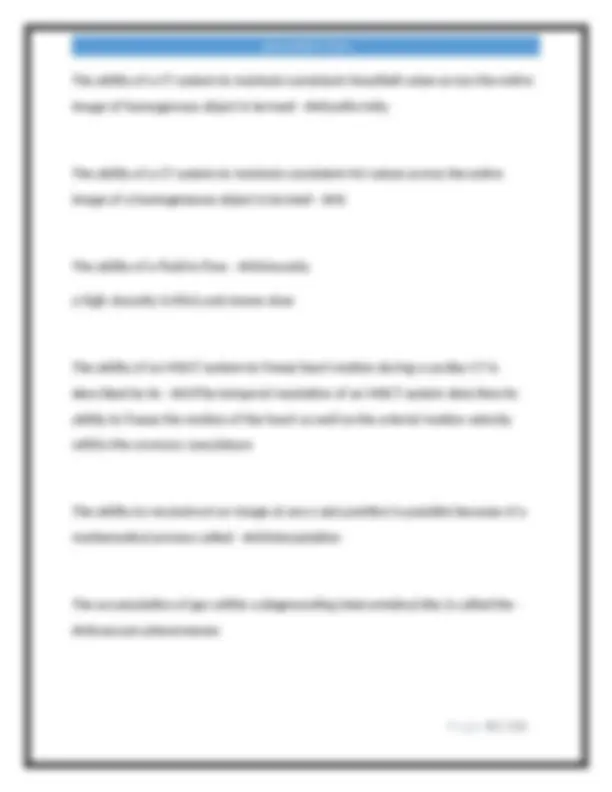
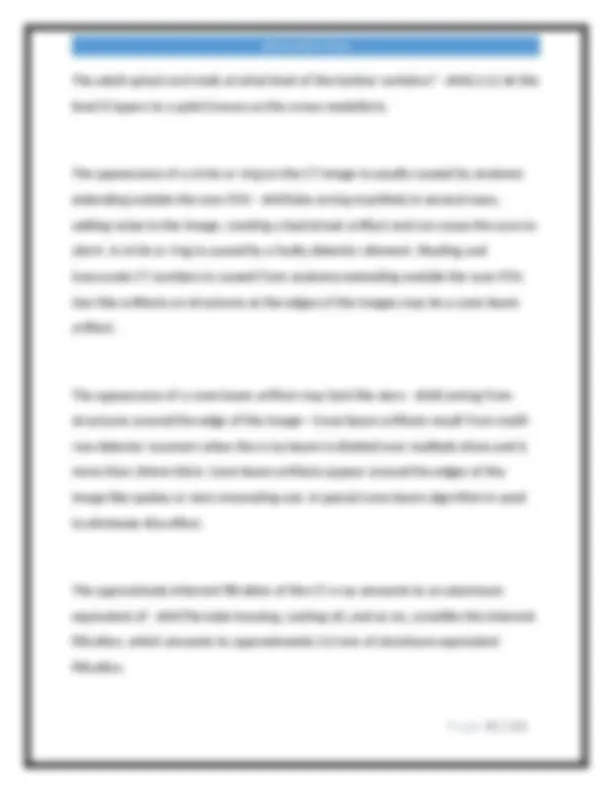
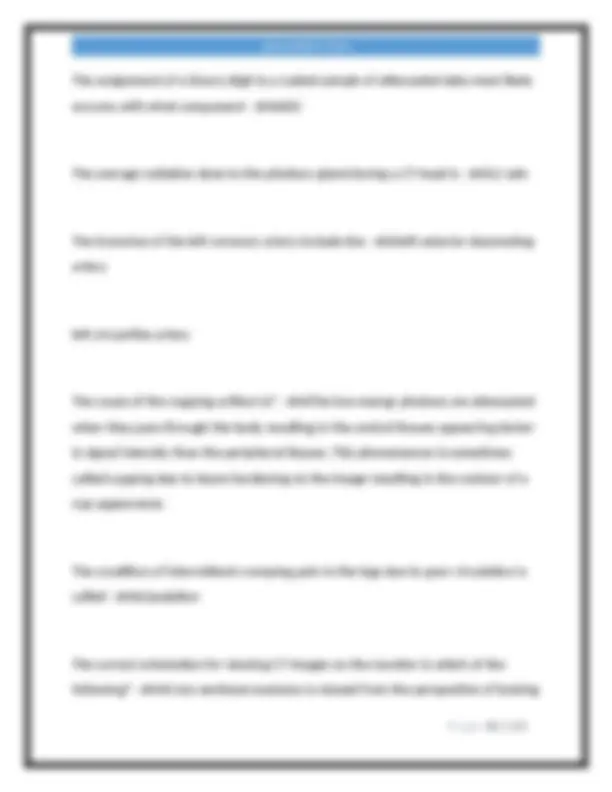
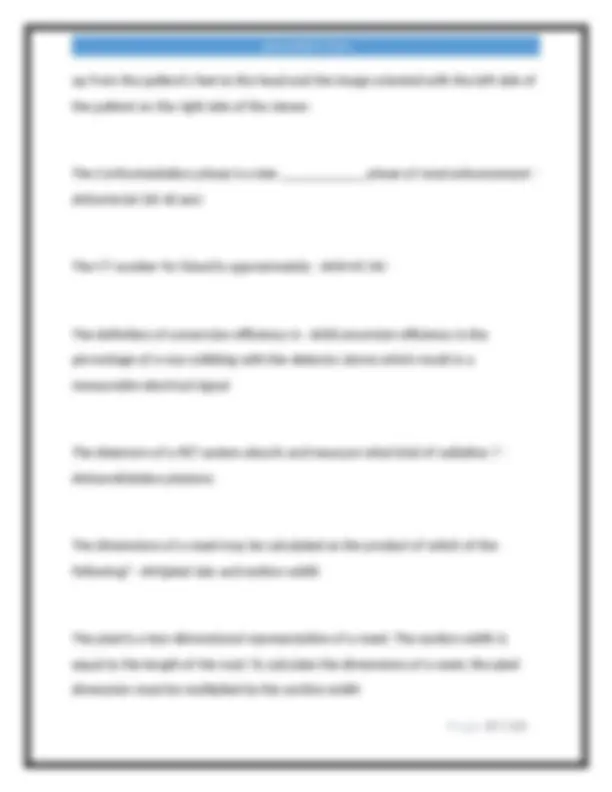
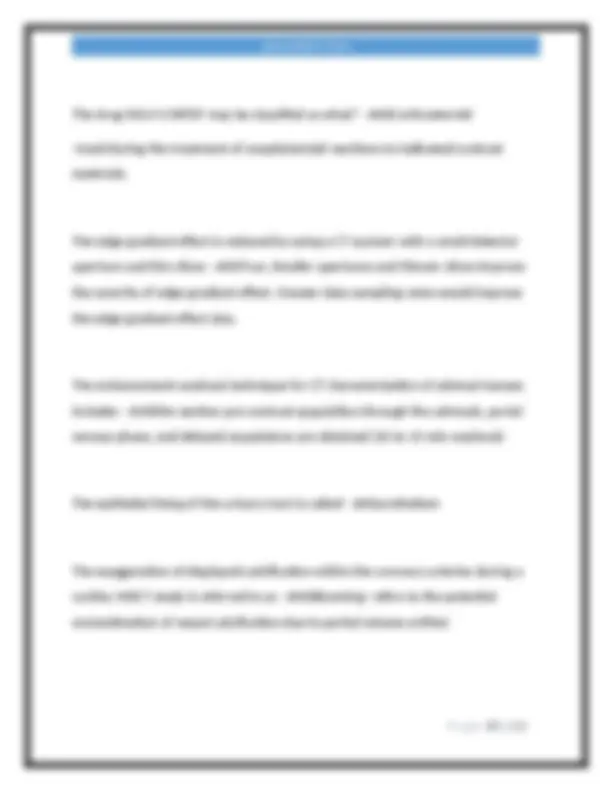
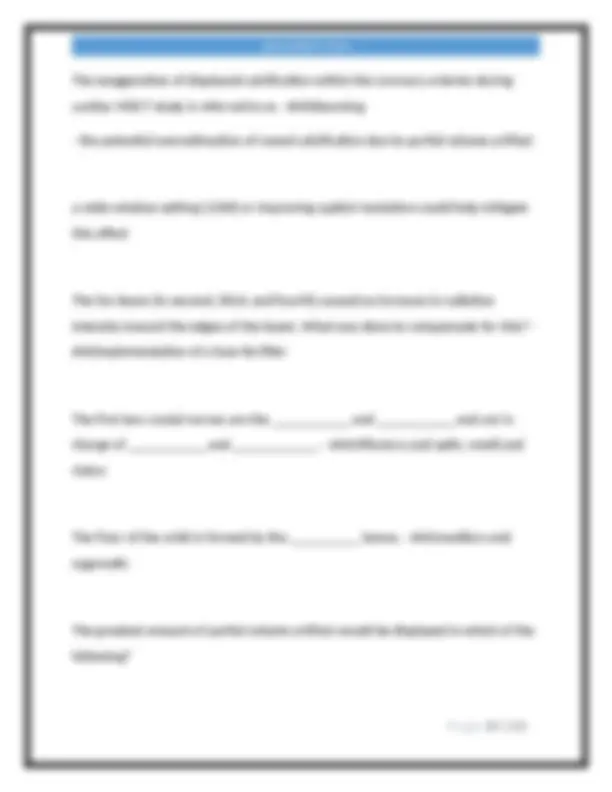
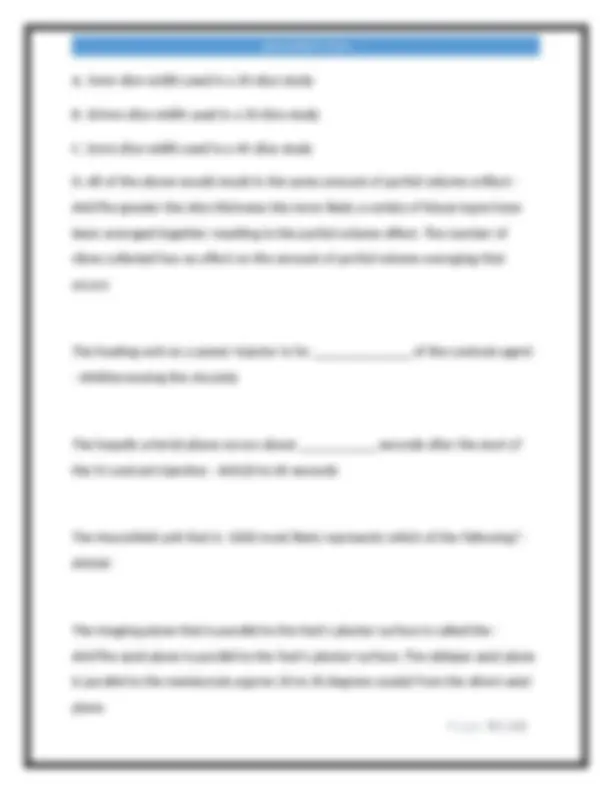
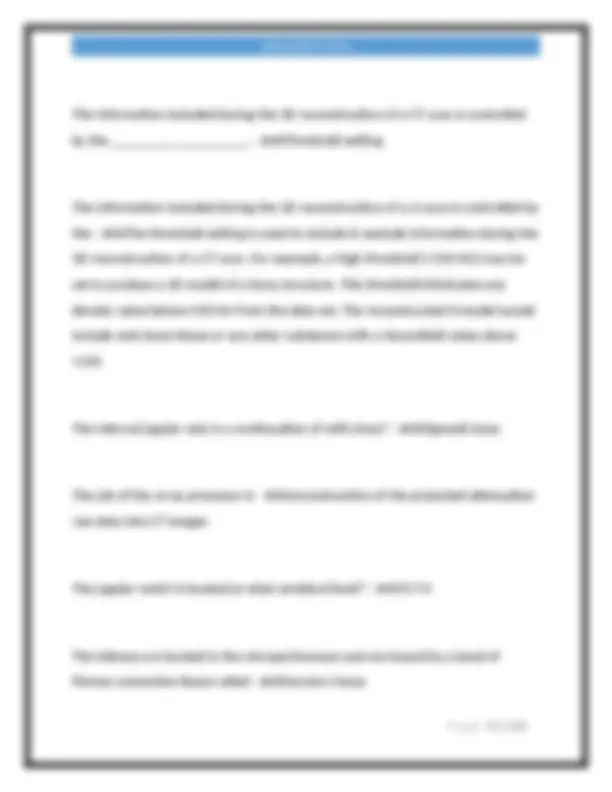
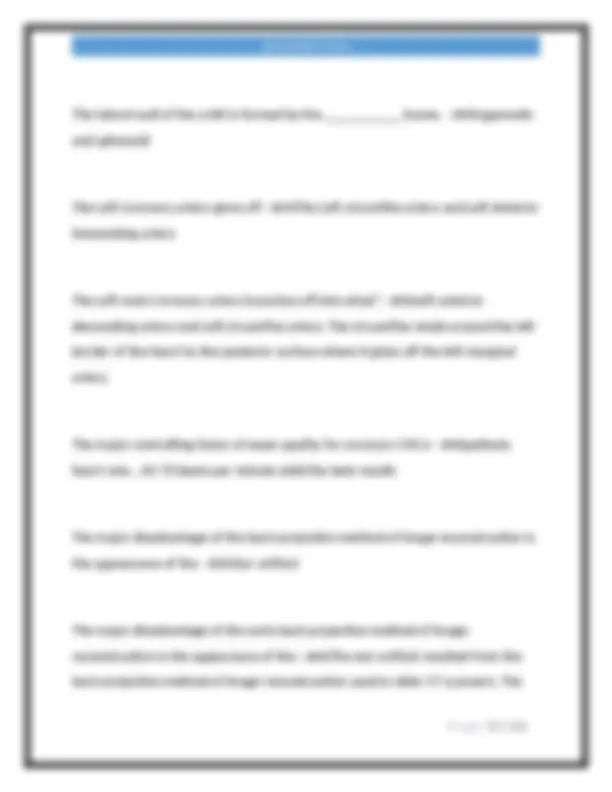
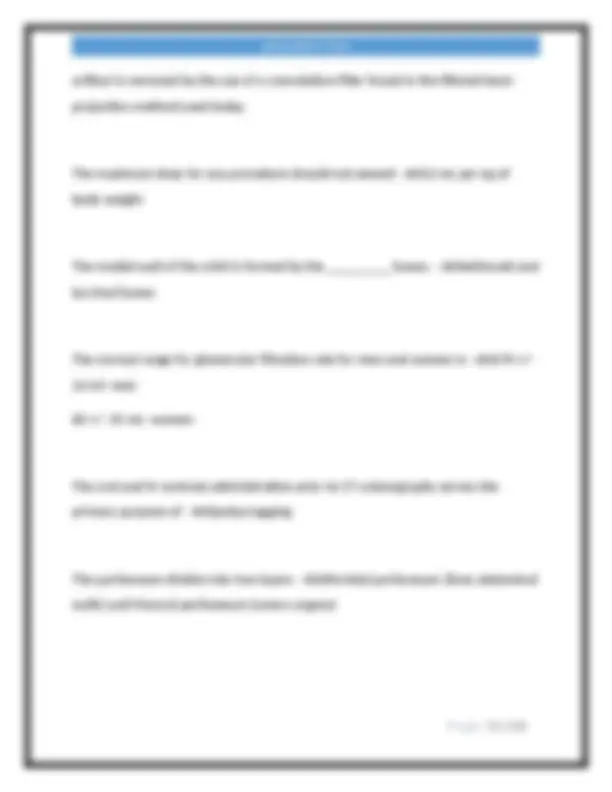
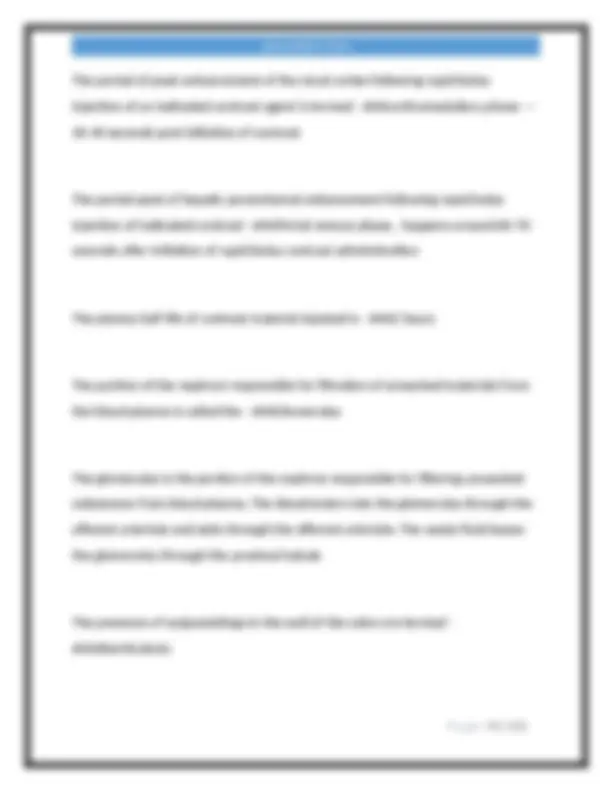
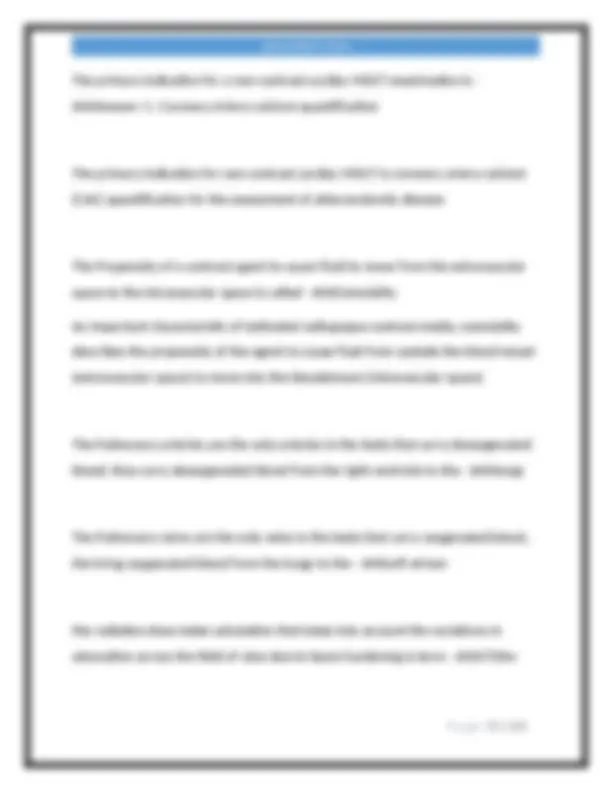
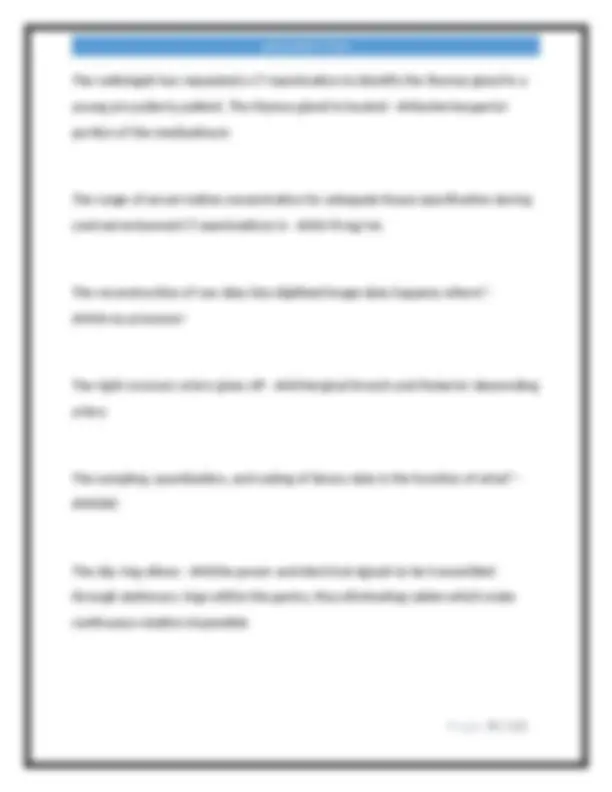
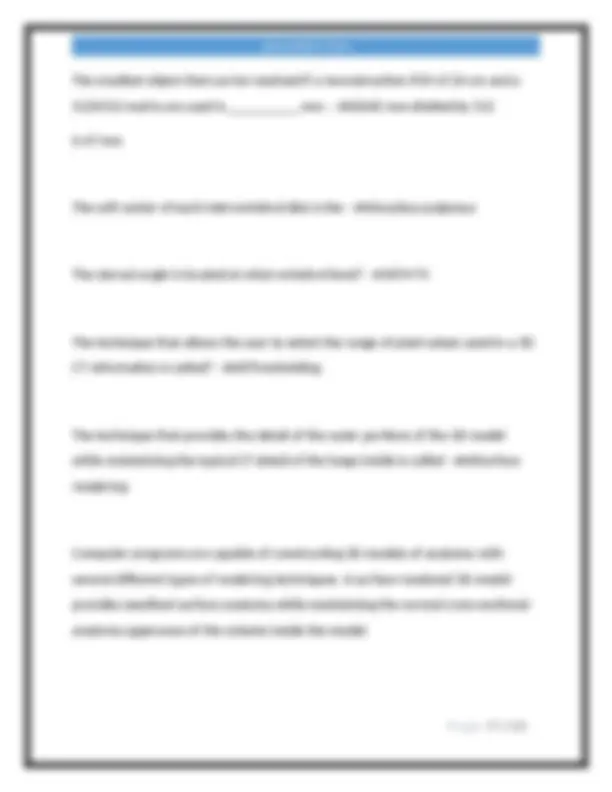
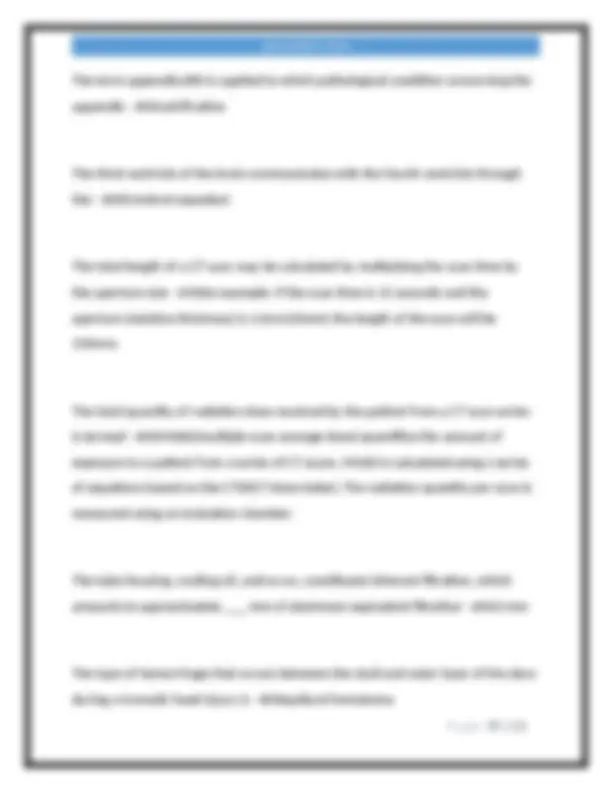
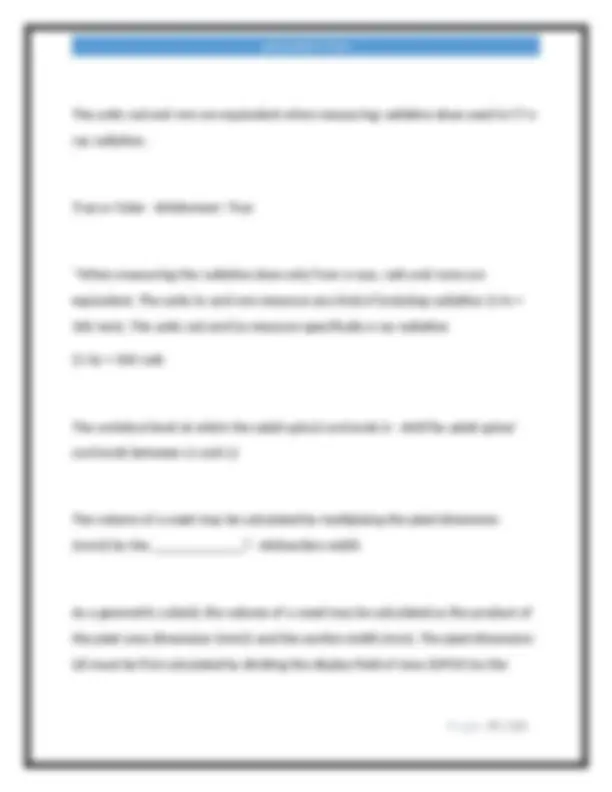
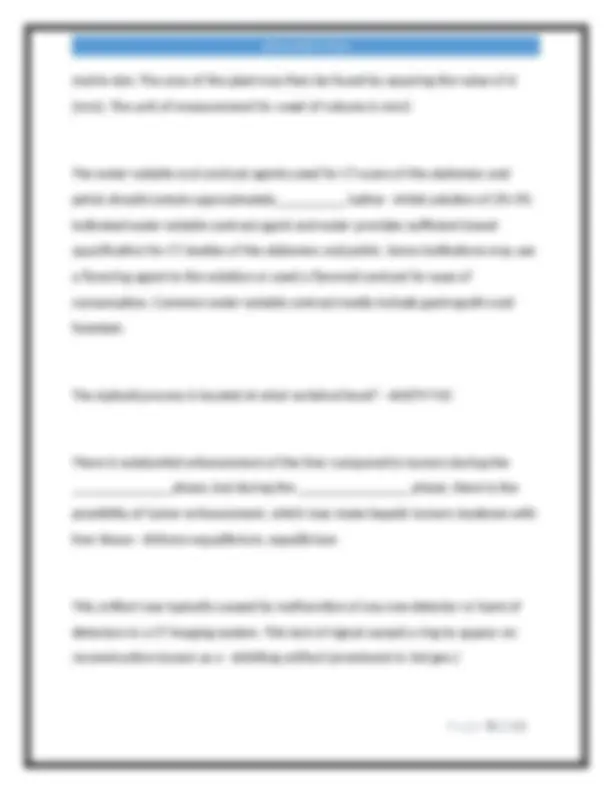
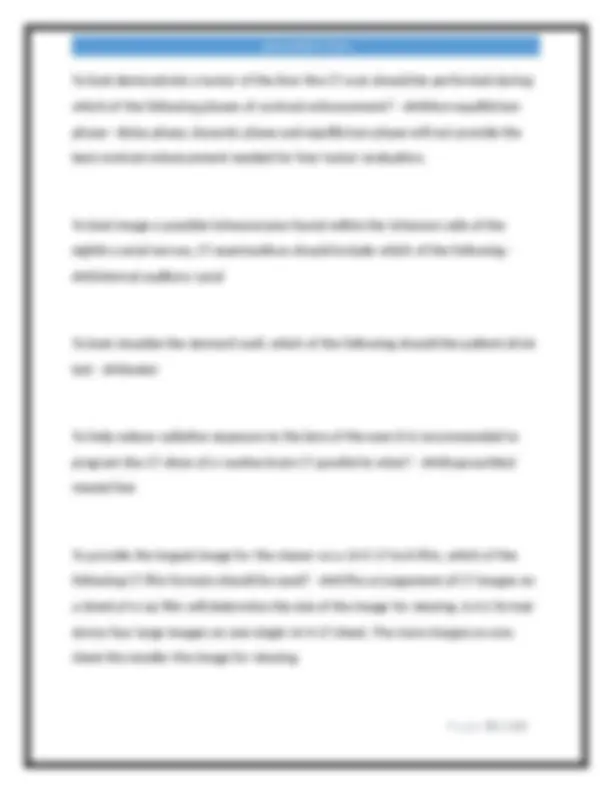
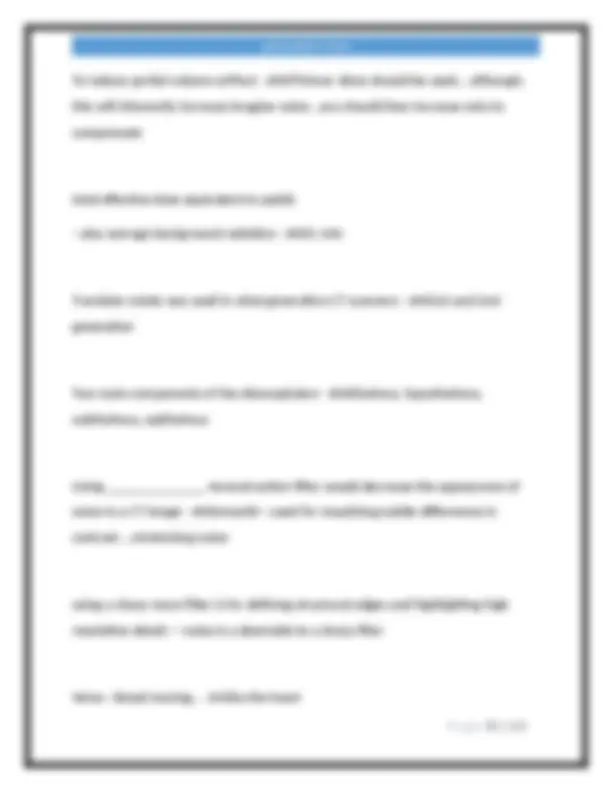
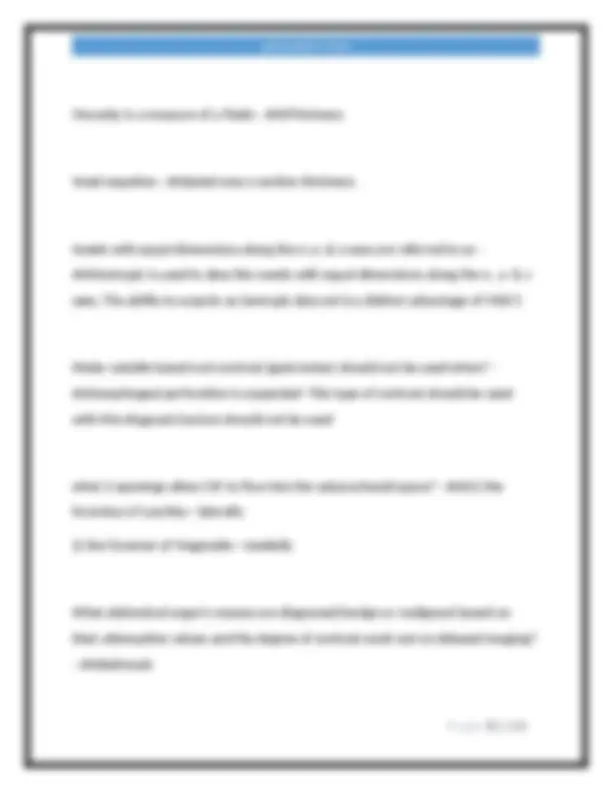
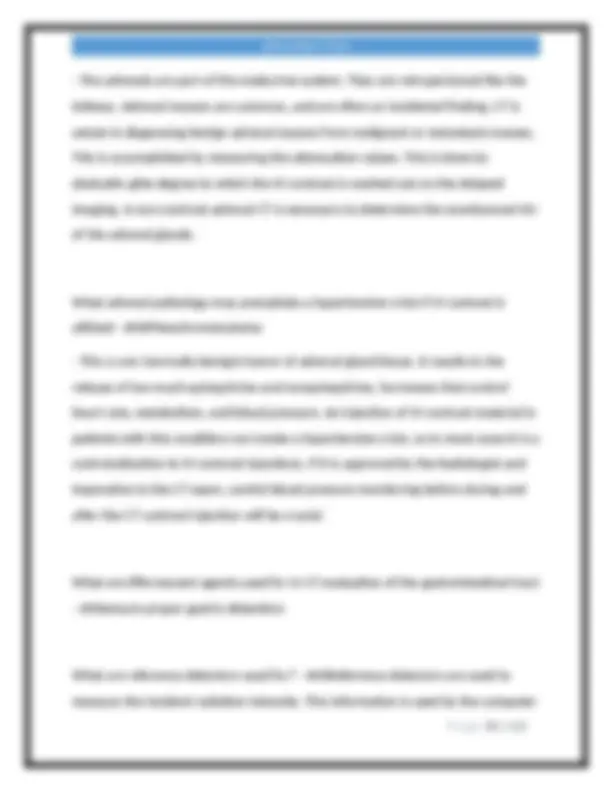
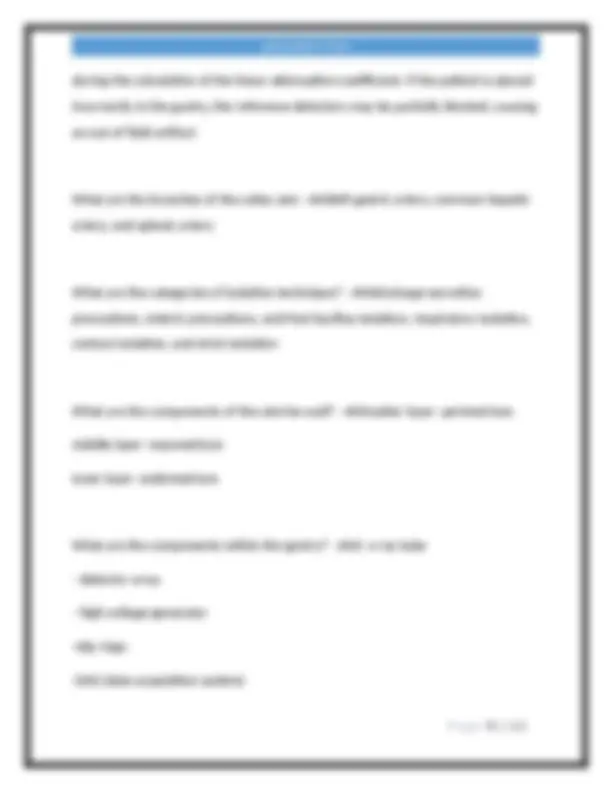
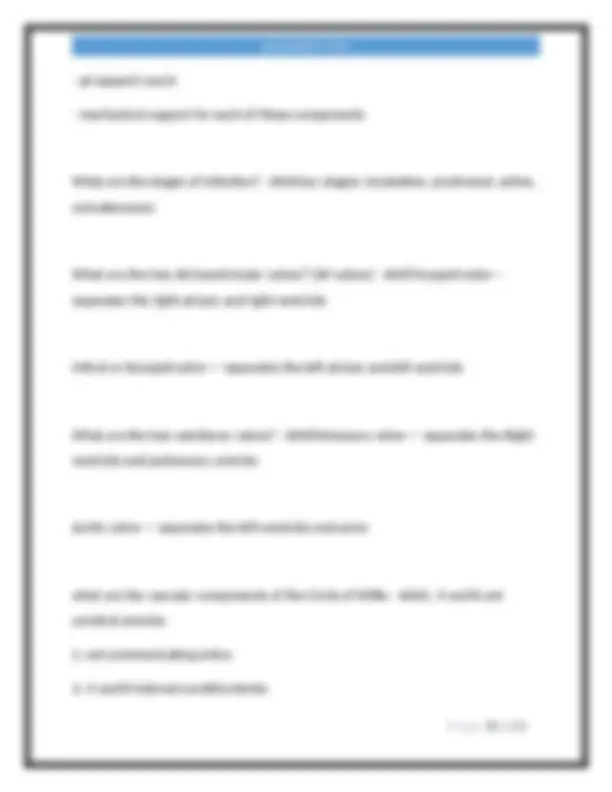
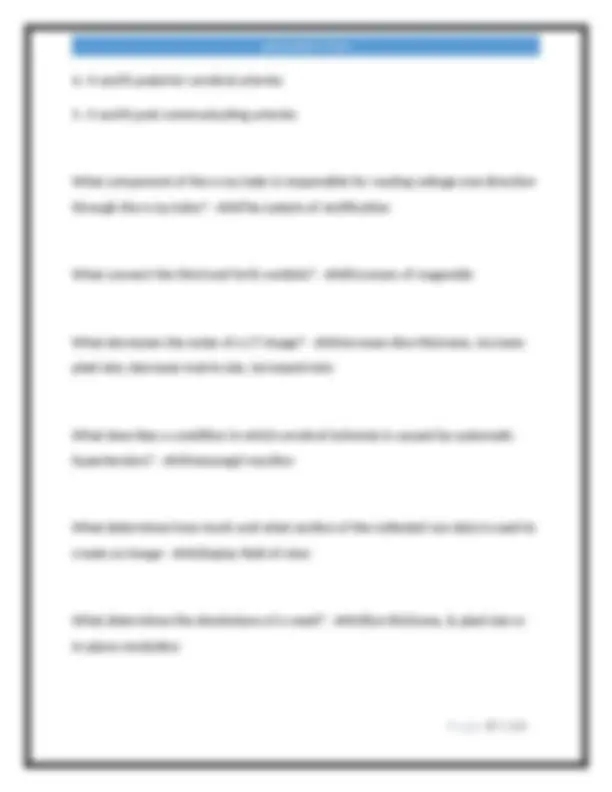
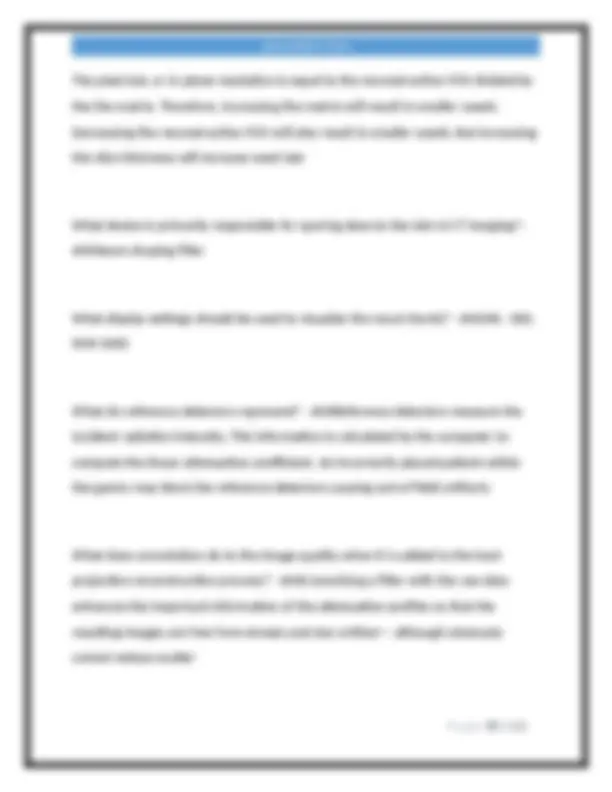
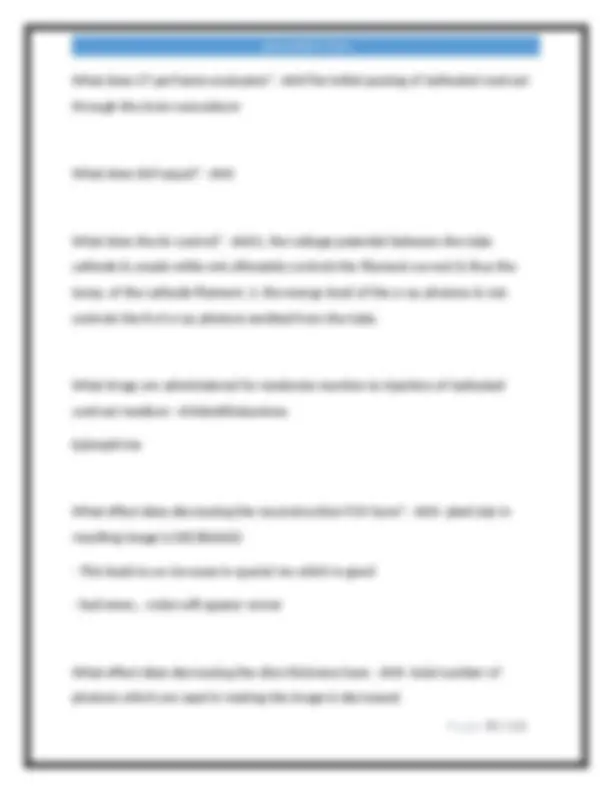
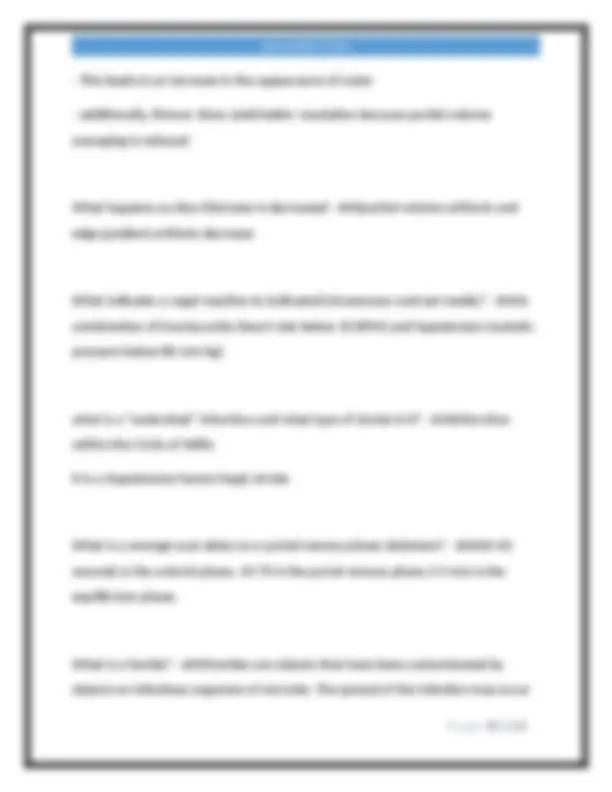
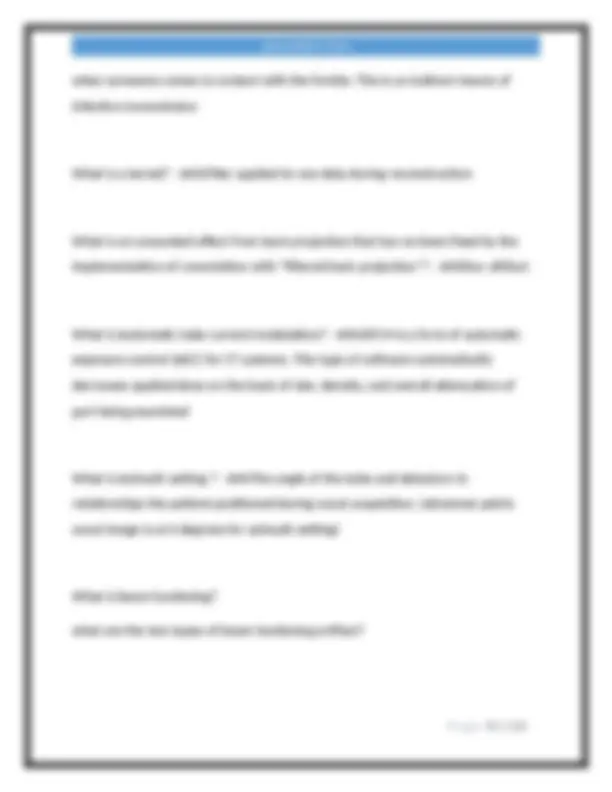
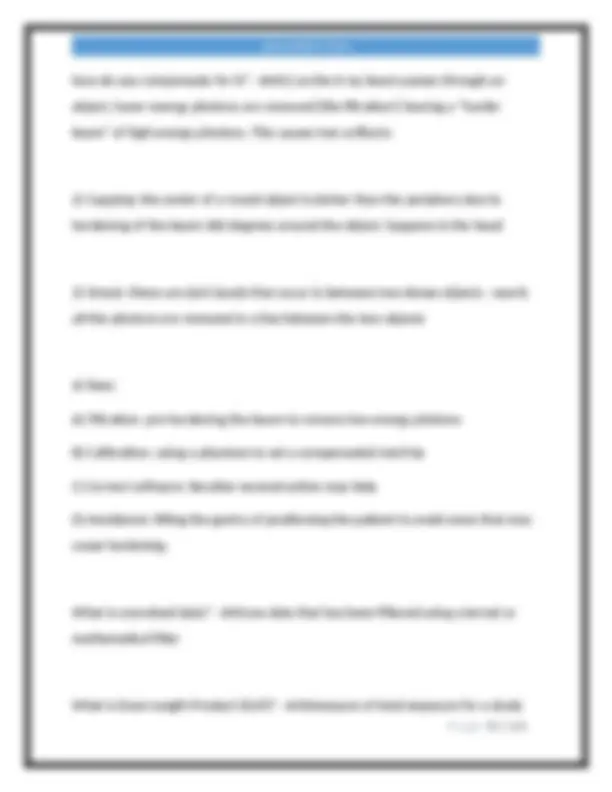
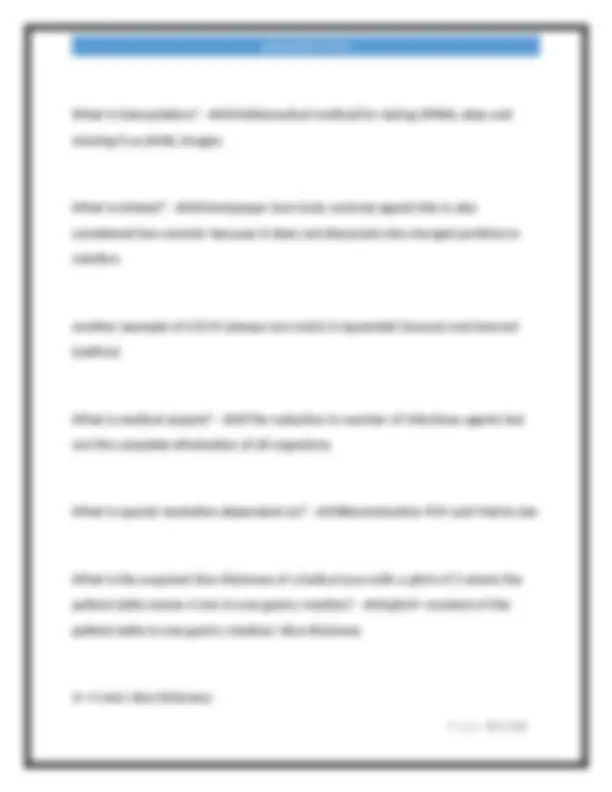
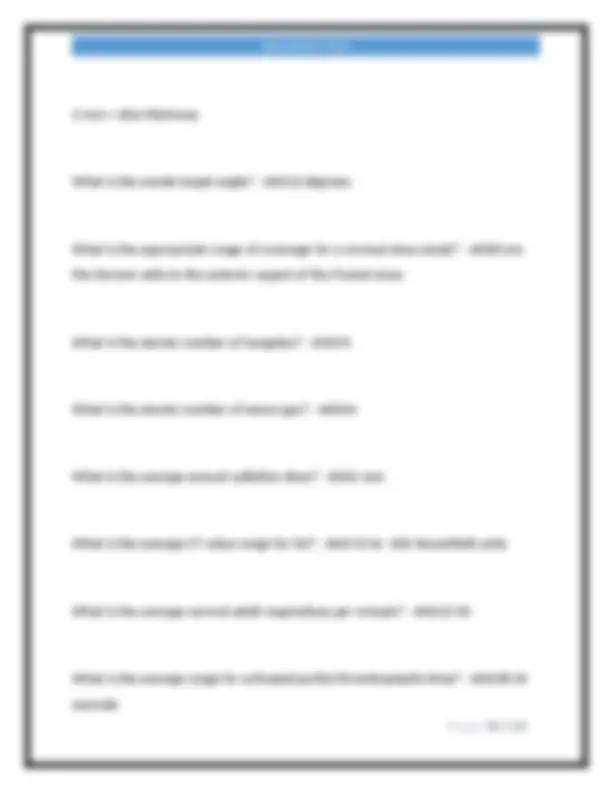
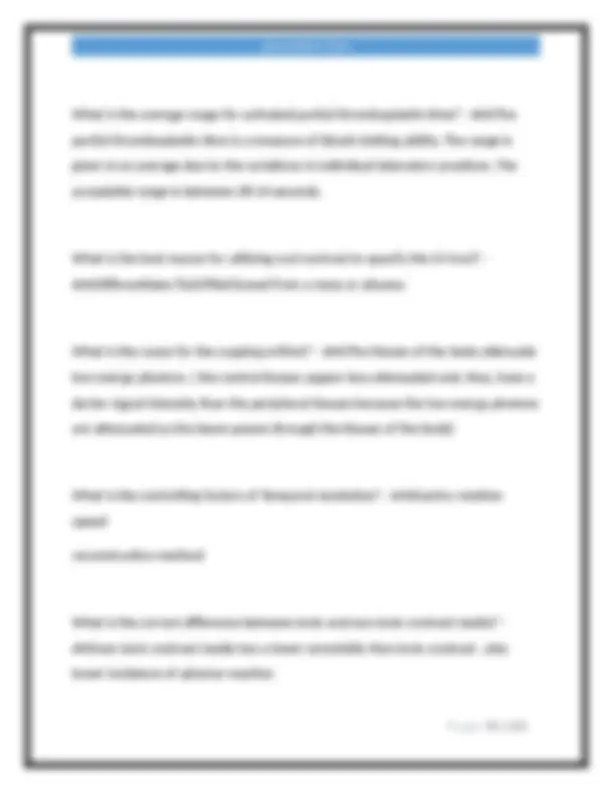
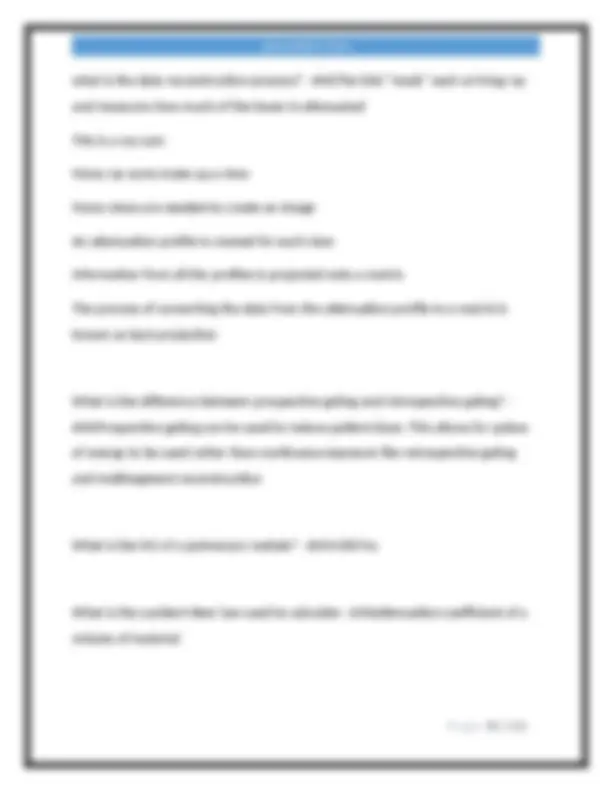
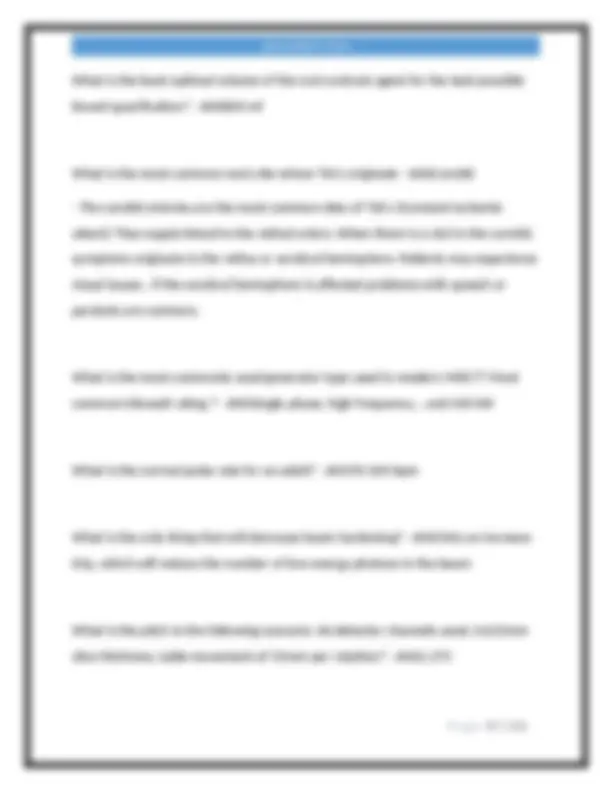
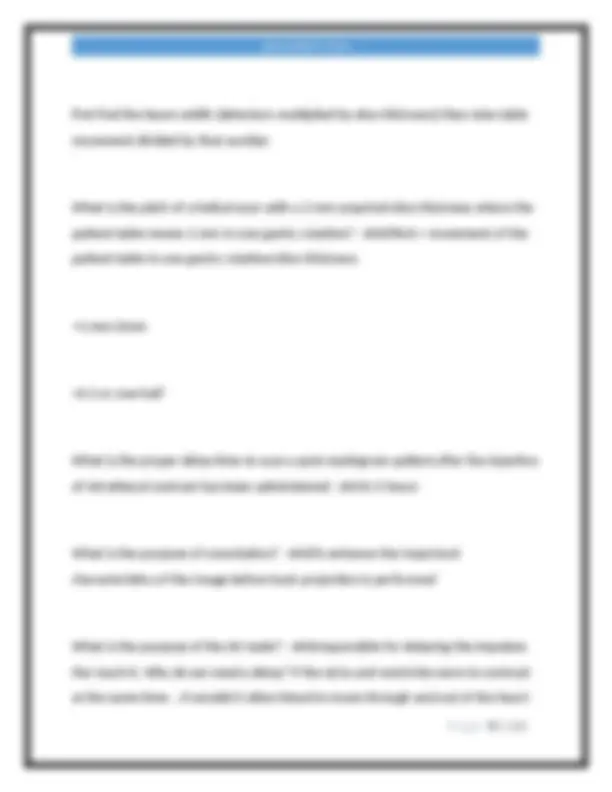
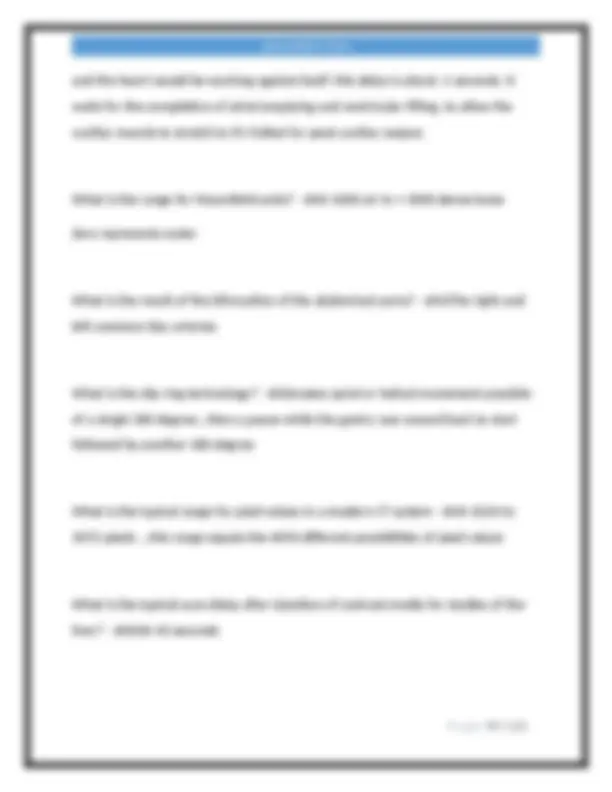
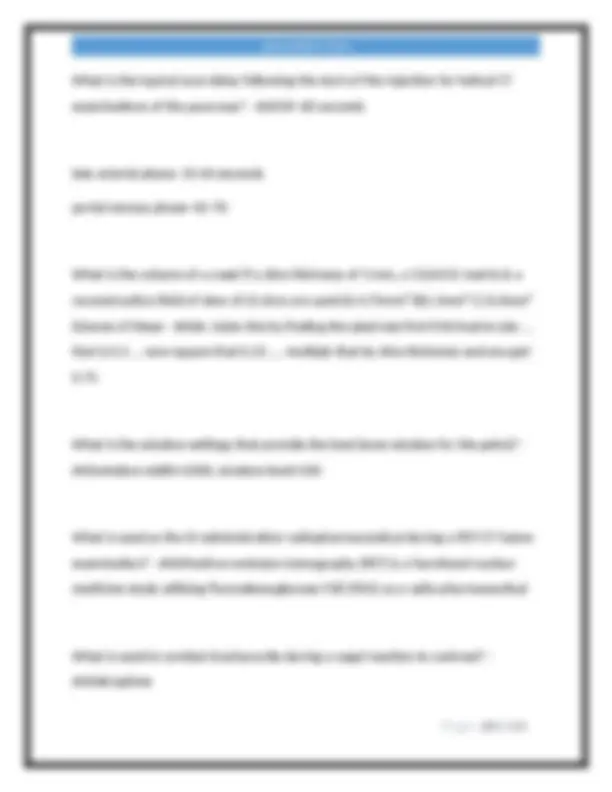


Study with the several resources on Docsity

Earn points by helping other students or get them with a premium plan


Prepare for your exams
Study with the several resources on Docsity

Earn points to download
Earn points by helping other students or get them with a premium plan
Community
Ask the community for help and clear up your study doubts
Discover the best universities in your country according to Docsity users
Free resources
Download our free guides on studying techniques, anxiety management strategies, and thesis advice from Docsity tutors
A comprehensive collection of questions and answers related to ct technology, covering various aspects of ct imaging, including acquisition geometries, image reconstruction, contrast administration, and radiation dosimetry. It serves as a valuable resource for students and professionals preparing for ct registry exams.
Typology: Exams
1 / 121

This page cannot be seen from the preview
Don't miss anything!





























































































_____ generation CT imaging systems were the first designed so that the source and detector arrays rotated around the patient. No translation was required. - ANSThird _____ generation CT scanners used a curvilinear detector array and a fan beam. This results in a constant source-to-detector path length, which is an advantage for good image reconstruction - ANSThird _____________ a specialized technique which uses narrow section widths and a low-resolution algorithm for image reconstruction. - ANSHigh resolution CT _____________ the window _________________ will make the image appear darker so that bony structures can be evaluated - ANSincreasing & level _______________ slices can average together a greater variety of tissues and will be more likely to exhibit this artifact - ANSThicker
_________________ is commonly caused by faulty detectors. - ANSRing artifacts "Fan" beam technology first historically came on the scene with which acquisition geometries? - ANSSecond "Nutating" is closely associated with which CT geometry - ANS4th Generation "Rotate-rotate" applies to which of the following geometries? - ANSThird 1 pound = - ANS0.45 kilograms 1 rem= 1 rad - ANSWhen measuring the radiation dose from x-rays, rads and rems are equivalent. The units of Sv and rem are used to measure any kind of ionizing radiation where 1 Sv =100rem. The units of rad and Gy are used to measure specifically x-ray radiation where 1 Gy = 100 rads. 10 rem converted to Sieverts is what? - ANS0.1 Sv 1st generation ct scanner consists of an x-ray tube & 2 detectors that translate across the patients head while rotation in 1 degree increments for a total of - ANS1st generation CT scanners were based on a translate-rotate principle. The x-
A bolus injection of iodinated contrast media is administered to a patient scheduled for a CT examination of the liver, a delay of ________ should be applied
A CT exam is done with a slice thickness of 10mm, and a 2mm gap is between the slices, the pitch is 1:2 and the total scan time is 5 seconds. What is the table increment for this exam? - ANS*The table increment is determined by adding the slice thickness with the gap between the slices. 10mm + 2mm = 12mm table increment. The other information given is just that other information to distract you. A CT examination of the liver shows an abnormal finding of reduced density, which of the following is most likely the cause? - ANSA fatty infiltrate - they greatly reduce the density of the liver A CT image is reconstructed using a 512^2 matrix and a display field of view of 17 cm. What is the linear dimension of each pixel? - ANS0.3 mm The dimension of a pixel may be calculated by dividing the field of view by the matrix size. The DFOV of 17 cm must first be converted into 170 mm. This is then divided by 512 mm, for a pixel dimension of 0.33 mm. Keep in mind that the pixel is a two-dimensional item, square in shape, and the measurement of 0.33 mm corresponds to only one side A CT number calibration test should be performed.. - ANSdaily
answer: - A CT scanner with a limiting resolution of 15 lp/cm can resolve an object as small as - ANSThe minimum object size that a CT scanner can resolve may be calculated by taking the reciprocal value of the scanner's limiting resolution. The reciprocal of 15 lp/cm is 1/15 lp/cm. This is equivalent to 10/15 lp/cm, which equals 0.6 mm/lp. Because a line pair (lp) is equivalent to a line and space adjacent to it, this value may be divided in half to provide the minimum object that this scanner can resolve: 0. A CT scanner with a limiting resolution of 15 lp/cm can resolve an object as small as.. - ANS0.3 mm The minimum object size that a CT scanner can resolve may be calculated by taking the reciprocal value of the scanner's limiting resolution. The reciprocal of 15 lp/cm is 1/15 lp/cm. This is equivalent to 10/15 lp/mm, which equals 0. mm/lp. Because a line pair is equivalent to a line and the space adjacent to it, this value may be divided in half to provide the minimum object that this scanner can resolve..0. A CT study of the brain to visualize MS plaques may be made more sensitive by using ______ delay after the contrast agent has been injected. - ANS45 minutes
A CT sudy of the brain to visualize MS plaques may be made more sensitive by using ____ delay after the contrast agent has been injected. - ANS45 min. A CT system measures the average linear attenuation coefficient of a voxel of tissue to be 0.189. The linear attenuation coefficient of water for this scanner equals 0.181. The CT number assigned to the pixel representing this voxel of tissue equals. - ANSThe CT number of a pixel may be calculated by subtracting the linear attenuation coefficient of water from the linear attenuation coefficient of tissue within the voxel. The number is divided by the linear attenuation coefficient of water. The quotient is multiplied by a contrast factor of 1000 to yield the value of the pixel in Hounsfield units. A CT system measures the average linear attenuation coefficient of a voxel of tissue to be 0.189. The linear coefficient of water for this scanner is 0.181. The CT number assigned to the pixel representing this tissue is - ANS44 HU use equation above A delay of about ___________ seconds after the start of the IV contrast injection should be used for a helical scan of the chest - ANS20-25 seconds
A mathematical method of estimation the value of an unknown function using the known value on either side of the function - ANSInterpolation A normal gfr value is greater than 60? - ANSTrue A patient arrives with a central venous line in place. Which type of central venous line may be used for a CT examination requiring the administration of iodinated contrast media with an automatic injector? - ANSnone.. indwelling catheters or central venous lines cannot withstand the pressure produced by an automatic injector A patient has a severe vagal reaction to iodinated contrast material that includes bradycardia should be given a treatment of - ANS*treatment includes increasing blood pressure with IV fluids *intravenous administration of atropine to block vagal stimulation of the heart A patient in shock may exhibit what symptoms? - ANS1. tachycardia 2. rapid, shallow breathing 3. cyanosis
A specialized CT exam involving the administration of an enternal contrast agent directly into the small bowel via nasogastric tube is called - ANSCT enteroclysis A(n) _____ artifact is a streak artifact which arises from a high spatial frequency interface between tissues with a great diference in density - ANSedge gradient ABSORBED DOSE: remember measures patients dose! - ANSDoes not take into account the radiosensitivity of the tissue or organ irradiated 1). Gray 2). Rad 100 rads = 1 gray 10 rads= 0.1 gray 1 rad= 0.01 gray Absorbed dose..starts with A: there is an A in both gray and rad After initiation of rapid bolus administration of an iodinated contrast agent, the excretory phase of renal contrast enhancement occurs at approximately - ANS3- minutes..The excretory phase is a delayed-imaging phase that begins approximately 3 minutes after the initiation of contrast agent administration.
a. volumetric scanning. b. spiral scanning. c. continuous acquisition scanning. d. dynamic scanning. - ANSAnswer— d. Dynamic scanning refers to repeating data acquisitions in the same location. Hence, it is also called nonincremental scanning. This is most frequently done to watch how a structure fills with an iodinated contrast agent. Dynamic scans are most often done using a helical scan method, but they can also be performed with axial scans. (Comprehensive Text Chapter 5 ; Heading: Helical Scanning) An abnormal density of the liver is found to be a fatty infiltrate. The CT number for this area would most likely be in the range of .. - ANS-100 Hounsfield units An acoustic neuroma would be found in which of the following cranial nerves? - ANSeighth cranial nerve an acquisition is made on a 64-slice MSCT system in which each detector element has a z-axis dimension of 0.625 mm. With a selected beam width of 40mm & the beam pitch set at 1.50, how much will the table move with each rotation of the gantry? - ANSthe beam pitch for a given acquisition is equal to the table feed per rotation divided by the total collimation. The total collimation for this acquisition is equal to the total number fo sections(detectors) multiplied by the detector
dimension or 64 X 0.625mm. the table feed per rotation can be calculated as the product of the total collimation & the beam pitch, or 40 mm X 1.5, and equals 60 mm for the example provided An Agaston Score of 250 on an MDCT cardiac examination for Coronary Artery calcification is rated as - ANSModerate The Agaston system quantifies coronary artery calcium as minimal (1-10), mild (11- 100), moderate (101-400), and extensive (>400) An artifact from a faulty detector would appear on a localizer image as - ANSA faulty detector element causes a loss of data through an entire line as the patient table is fed through the gantry resulting in a straight line artifact on the localizer image. An enema containing positive contrast material administered into the large bowel is needed prior to the CT examination of the pelvis. Of the following, which is a sufficient dose to opacify the rectosigmoid area of the colon? - ANSTo opacify the rectosigmoid region, a dose of 150-250 mL is sufficient. To opacify the complete large bowel a dose of 300 - 500 mL is needed.
An MDCT image is reconstructed using a 512(2) matrix and a display field of view of 44 cm. If the detector collimation is to a section width of 2.5 mm, what is the volume of each voxel. - ANS An MDCT image is reconstructed using a 512² matrix and a DFOV of 38cm. If the detector collimation is set to a section width of 1.25mm, what is the volume of each voxel? - ANSThe linear dimension of the pixel must first be calculated by dividing the DFOV, in mm, by the matrix (380 mm/512= 0.74 mm). This linear pixel dimension is squared to yield the pixel area in mm² (0.74 x 0.74= 0.55 mm²). The volume of the voxel may be calculated by multiplying the pixel area by the section width (0.55 mm² x 1.25 mm= 0.69mm³). An MDCT image is reconstructed using a 512x512 matrix and a display field of view of 44 cm. If the detector collimation is set to a section width of 2.5 mm what is the volume of each voxel - ANSHow to solve: The linear dimension of the pixel must first be calculated by dividing the DFOV, in mm, by the matrix. This linear pixel dimension is squared to yield the pixel area in mm^2. The volume of the voxel may be calculated by multiplying the pixel area by the section width step 1. 44 cm/ 512 =0. step 2. 0.0859*2.5 mm = 0. step 3. move the decimal point =2.15 mm^
ANATOMY COVERED CALC for MDCT: How much anatomy (lengthwise) will be covered in a helical scan when the following parameters are selected: 15 seconds total acquisition time, .5 seconds gantry rotation time, 2mm slice thickness, 4 slices per rotation , pitch of 1.5? - ANSAnswer— d. To calculate scan coverage use the formula: Pitch × total acquisition time × 1/rotation time × (slice thickness × slices per rotation). Therefore, 1.5 × 15 × 1/0.5 s × (2 mm × 4) = 360 mm. (Comprehensive Text Chapter 5 ; Heading: Helical Scanning/Fundamentals of Helical Technology/Helical Scan Coverage/MDCT Scan Coverage/ Distance Covered in an MDCT Helical Scan Sequence) ANATOMY COVERED CALC for MDCT: In an MDCT situation, programming a pitch of 1.2 and 4 slices per rotation while acquiring images for 20 seconds using a 2. mm slice, and 0.5 second rotation speed will result in how much anatomy coverage? - ANSFirst use the formula : Pitch x total acquisition time x 1/rotation time x (slice thickness x slices per rotation) Therefore 1.2 x 20 x 1/0.5 x (2.5 x 4) = annual limit for adult occupational effective dose? - ANS0.05 Sv annual limit of occupational lens dose - ANS0.15 Sv annual limit of shallow dose equivalent to skin/extremities - ANS0.5 Sv
As the electrical impulse leaves the SA node (in right atrium) it is conducted through the left atrium by way of the _________________, through the right atria, via the atrial tracts - ANSBachmanns bundle As the number of detectors utilized increases in the Z-axis direction, which of the following artifact becomes more likely to appear? - ANSwindmill artifact As the section(slice) width is increased the collimation is - ANSdecreased and vice versa At the range of photon energies employed during most CT examinations, water exhibits an approximate attenuation coefficient value of - ANS0. At what level do the common carotids bifurcate into the internal and external carotid arteries? - ANSC3-C At what level does the abdominal aortal bifurcate? - ANSL Average pulse rate for an infant is - ANS100-180 bpm
Back projection - ANSThe process of converting the data from the attenuation profile Beam hardening may also be called "cupping" and this is normally defined when dealing with - ANSbrain studies (evident in the supratentorium of the brain) best phase of renal contrast enhancement to display parenchymal lesions - ANSnephrographic phase (70 to 90 seconds) Blooming - ANSPotential overestimation of vessel calcification due to partial volume artifact. Can be mitigated by increasing spatial resolution Bolus timing for Soft Tissue Neck CT's can be difficult due to many different structures enhancing at varied times. What contrast injection technique helps address the contradictory timing goals for imaging the neck? - ANSSplit bolus Bone windows - ANS2000-4000 WW 200-400 WL